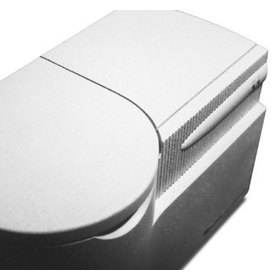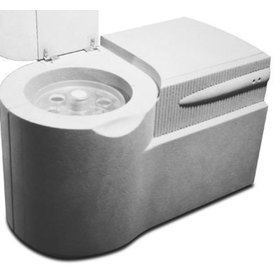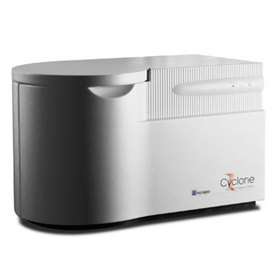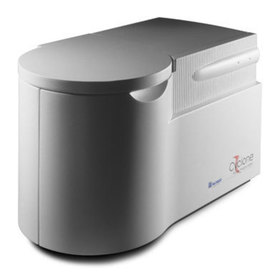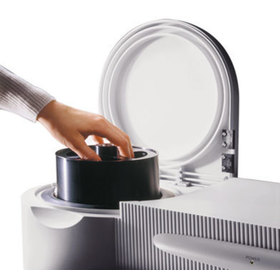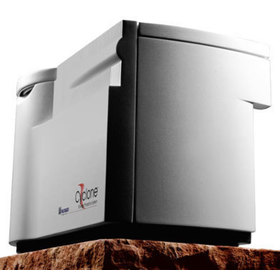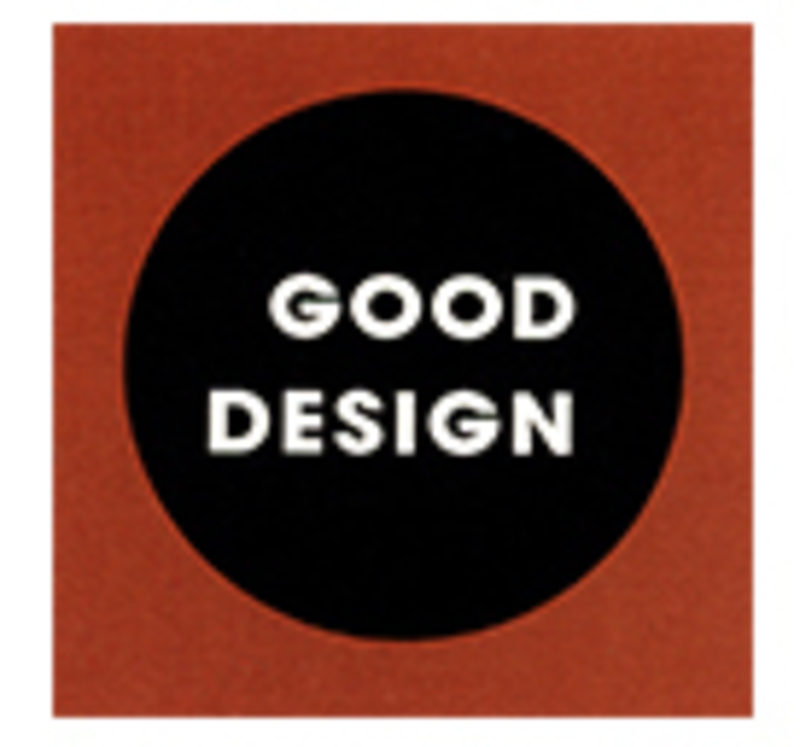- 2024
-
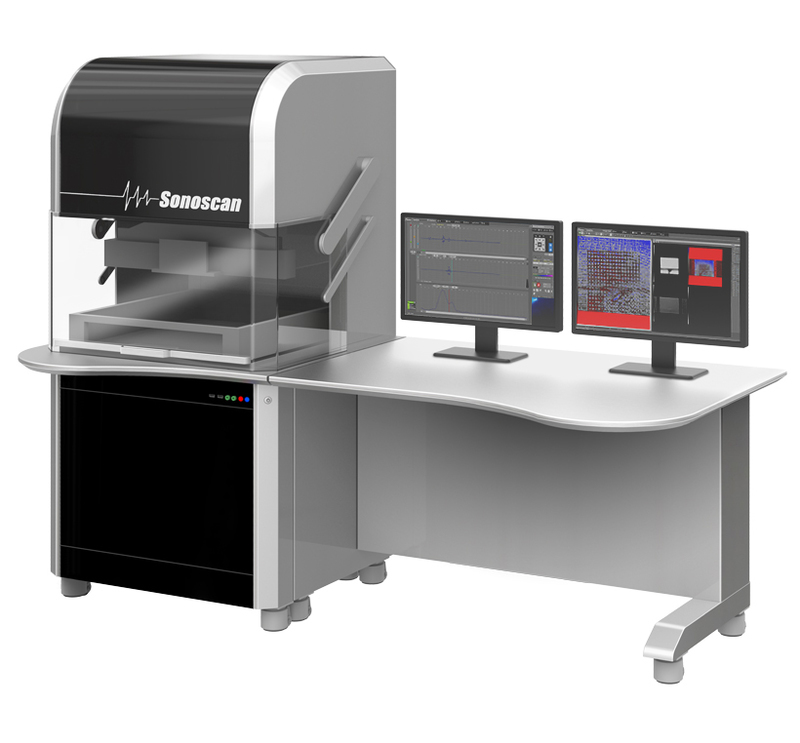
-
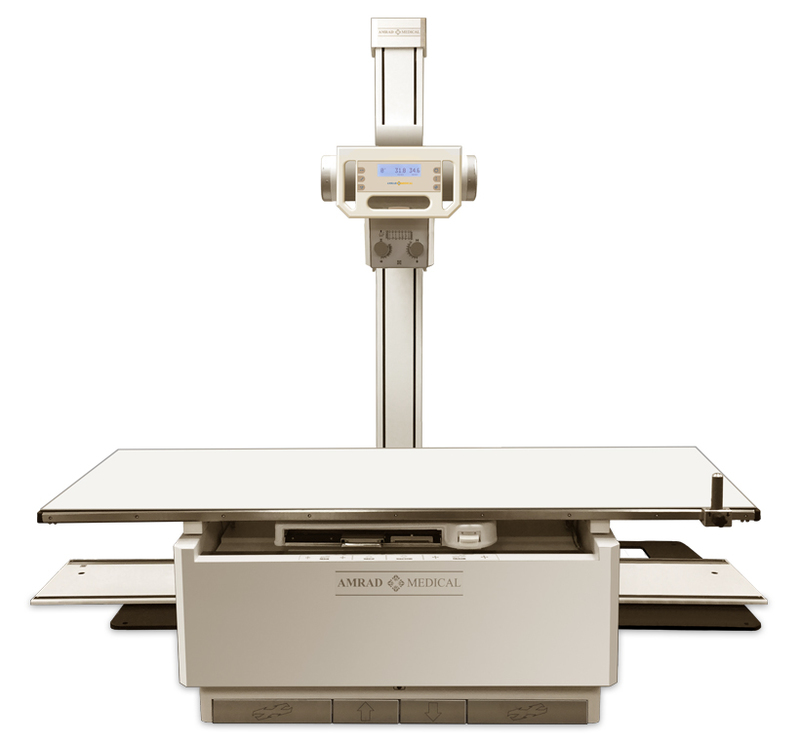
-
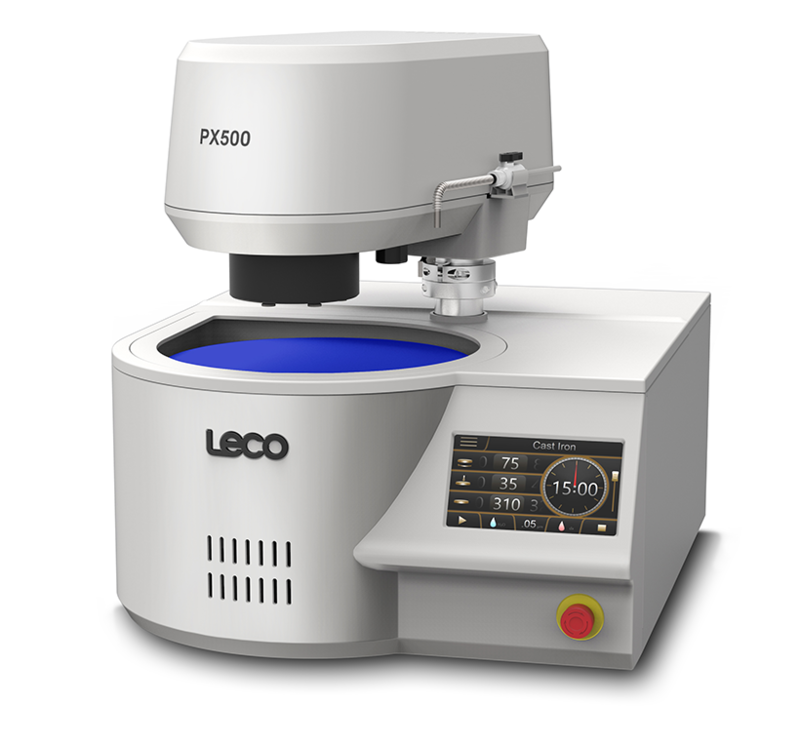
-
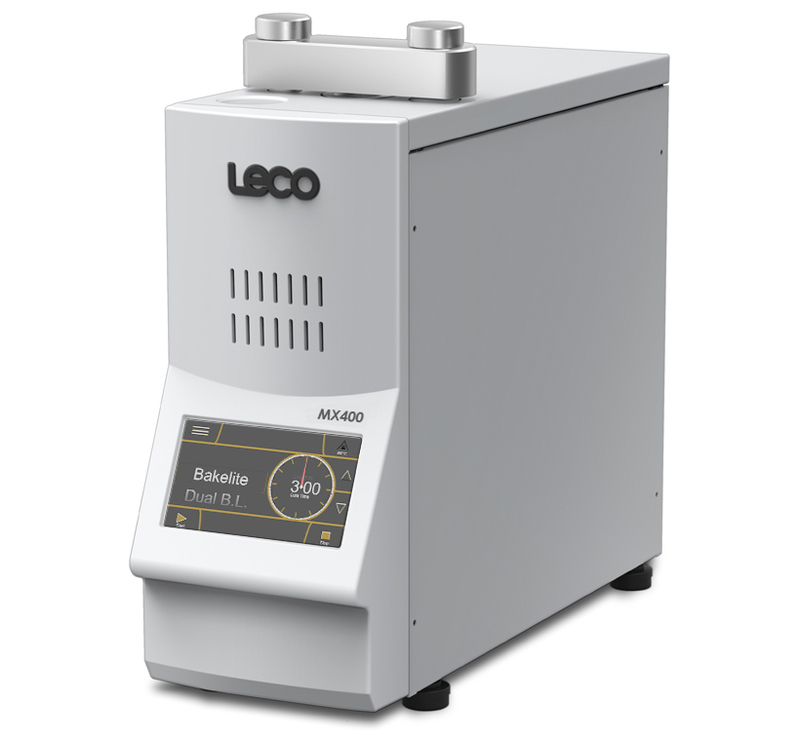
-
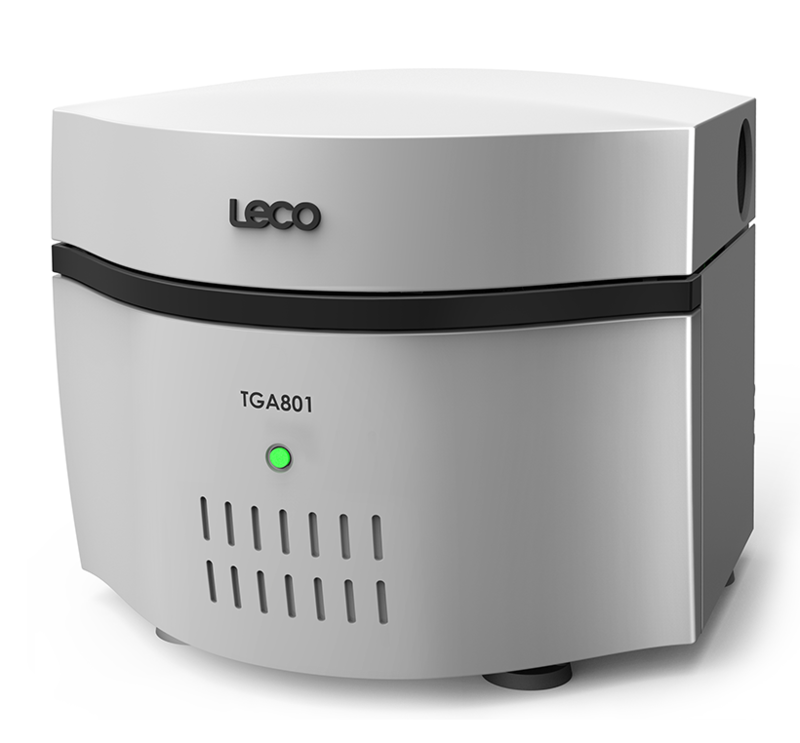
-
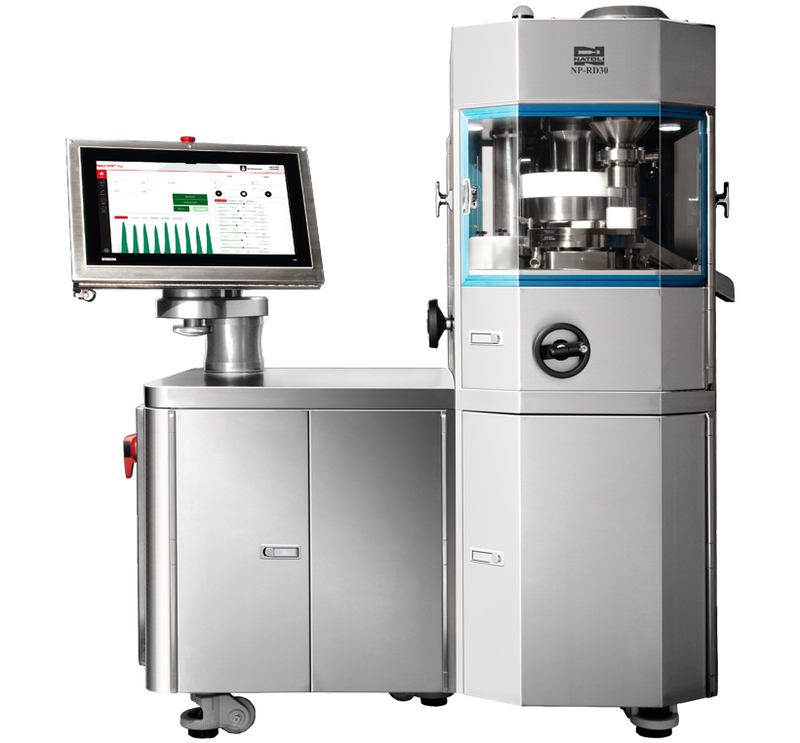
-
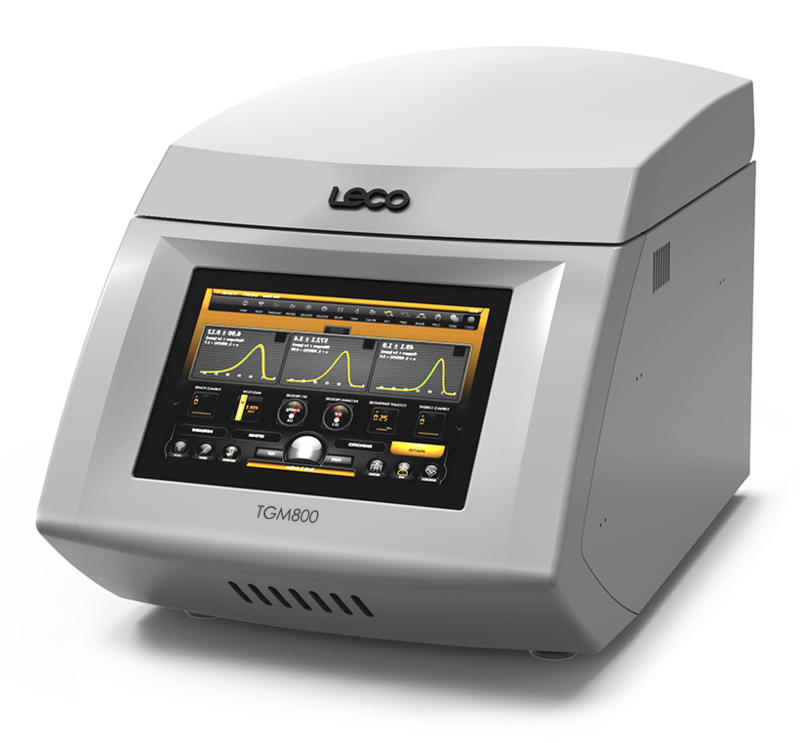
-
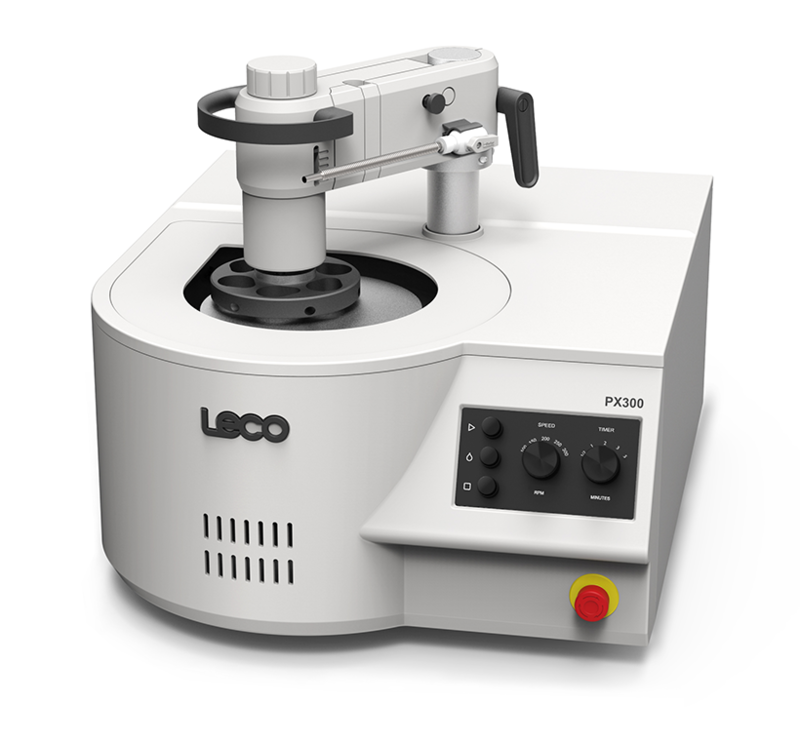
-

-
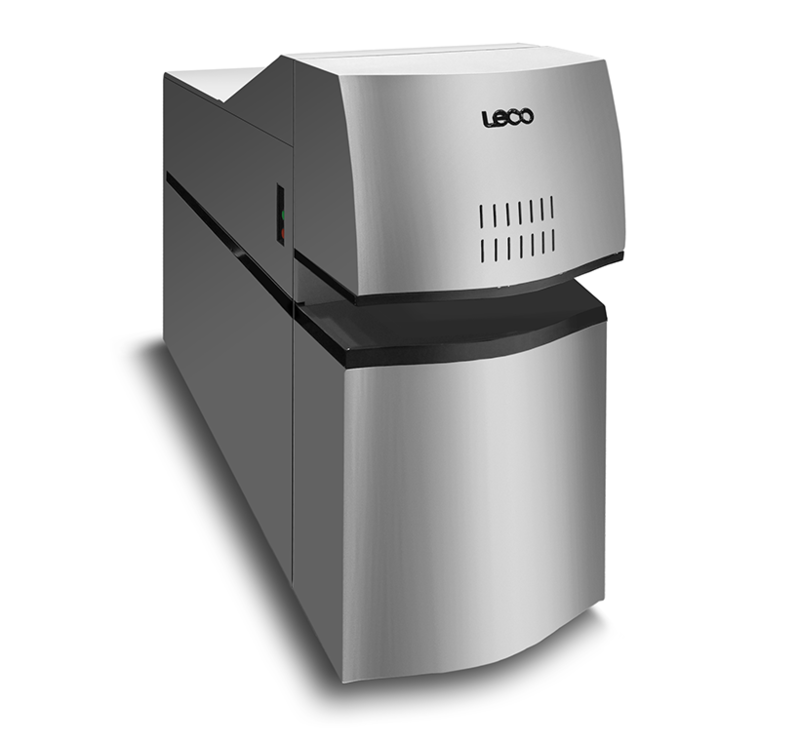
-
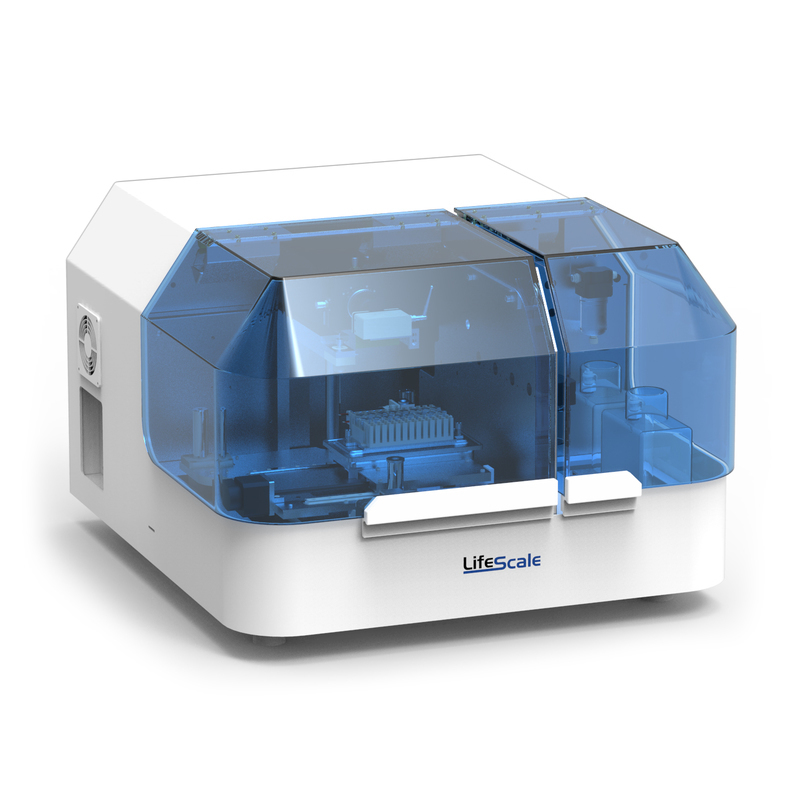
-
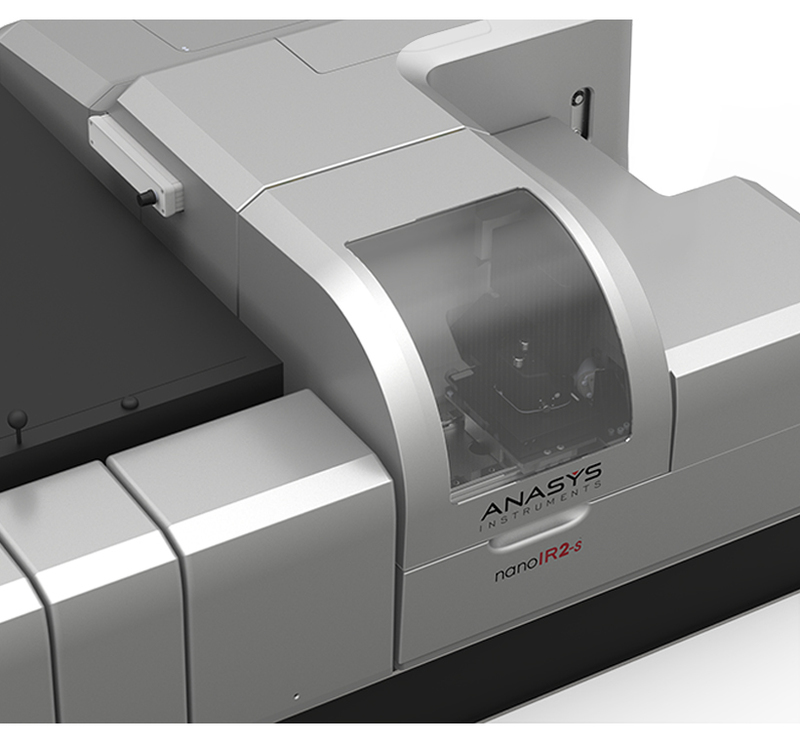
-
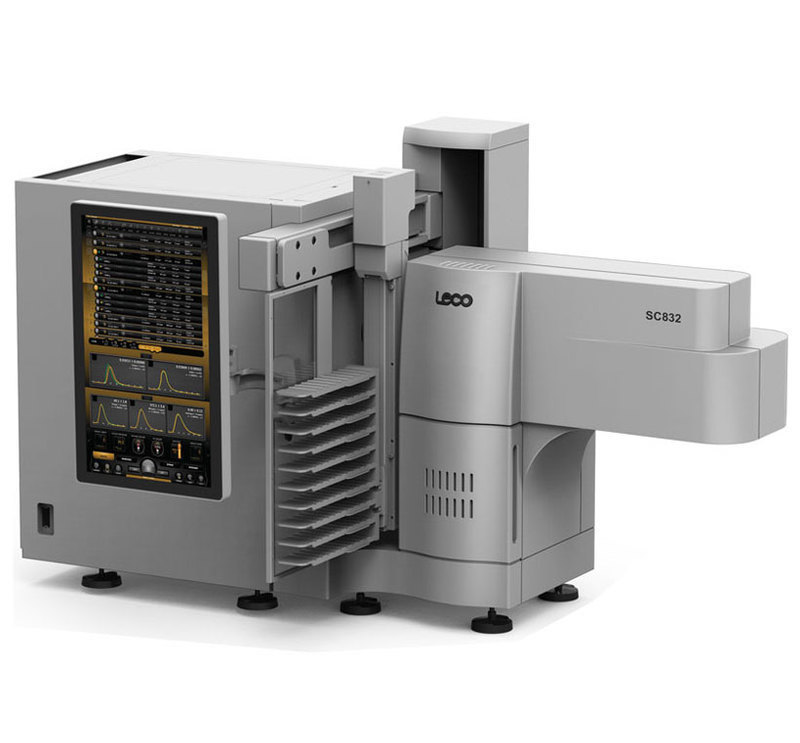
-
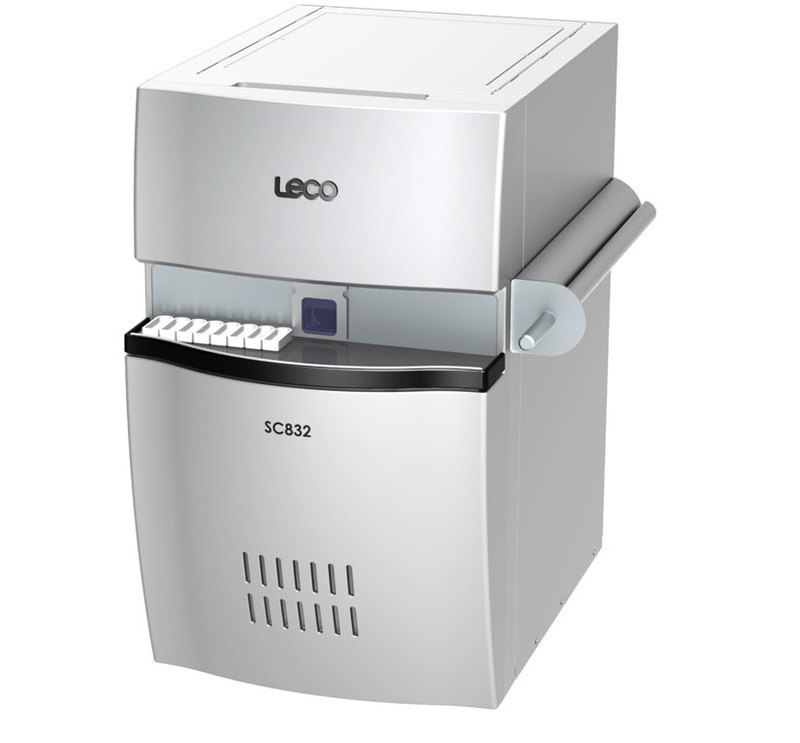
-
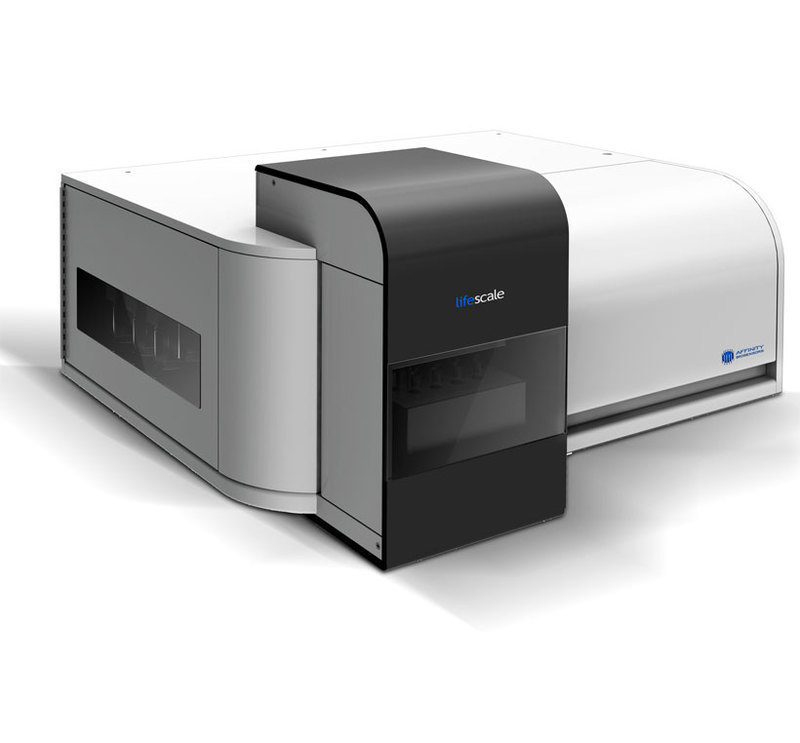
-
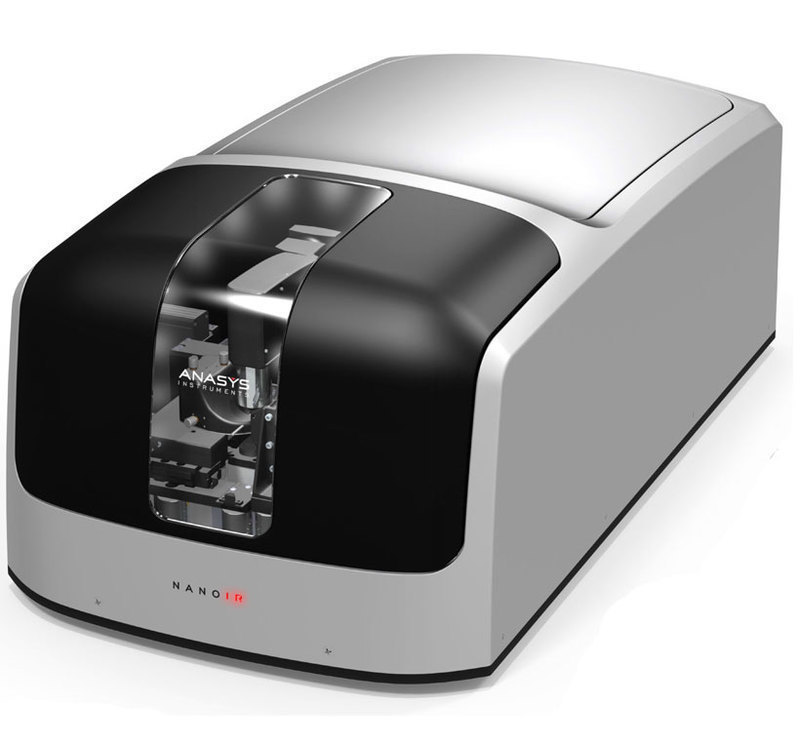
-
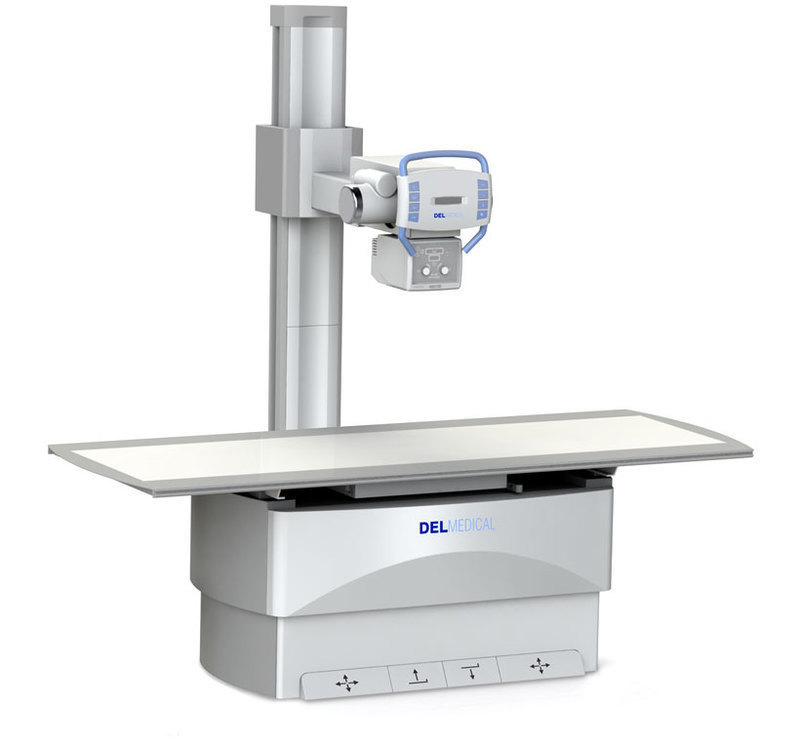
-
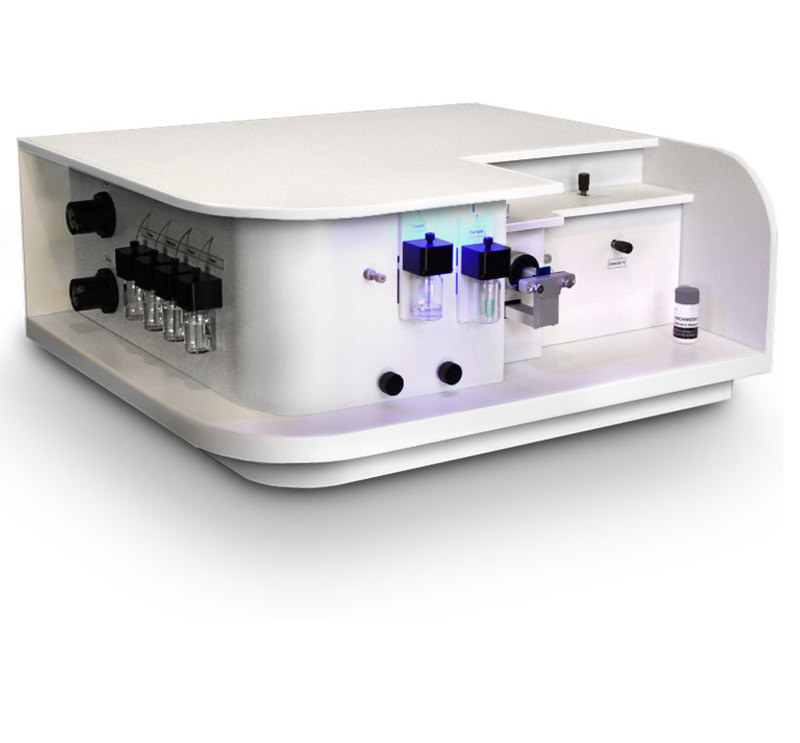
-
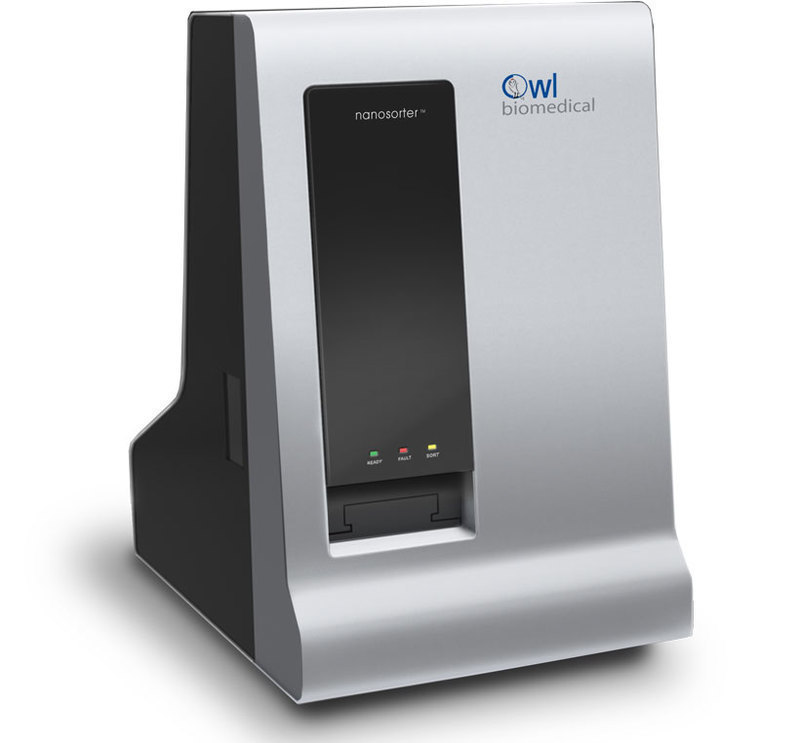
-
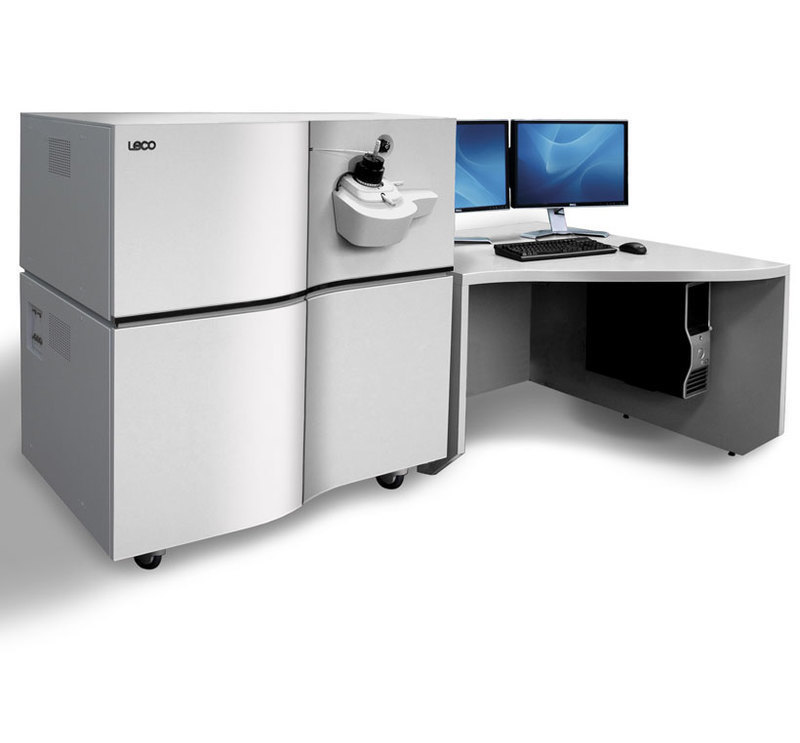
-
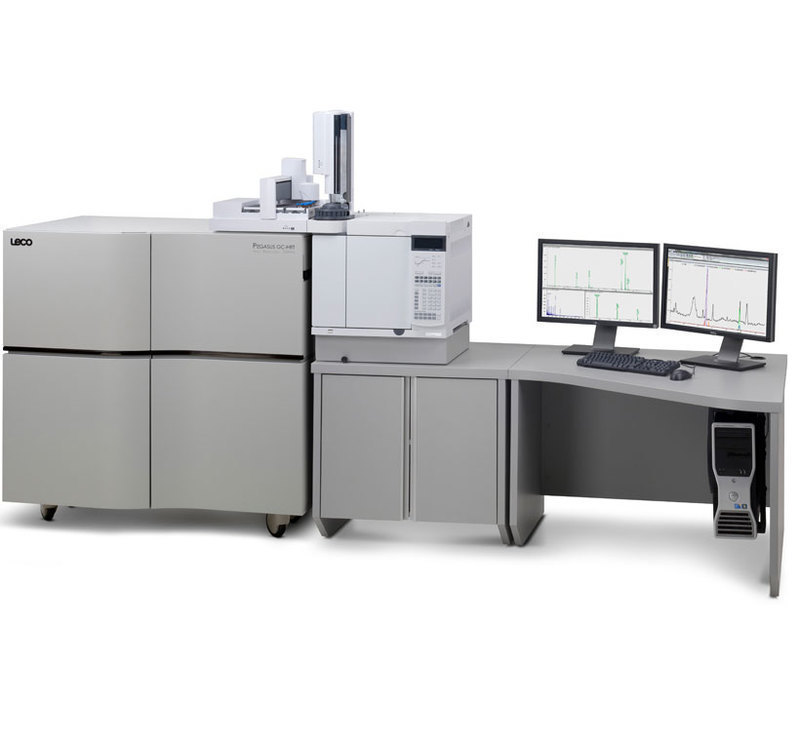
-
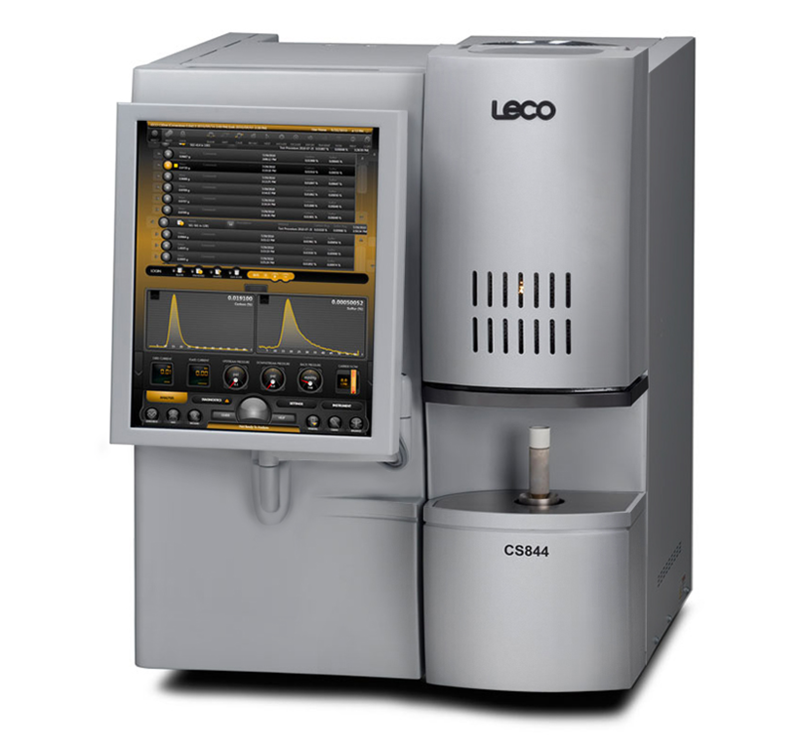
-
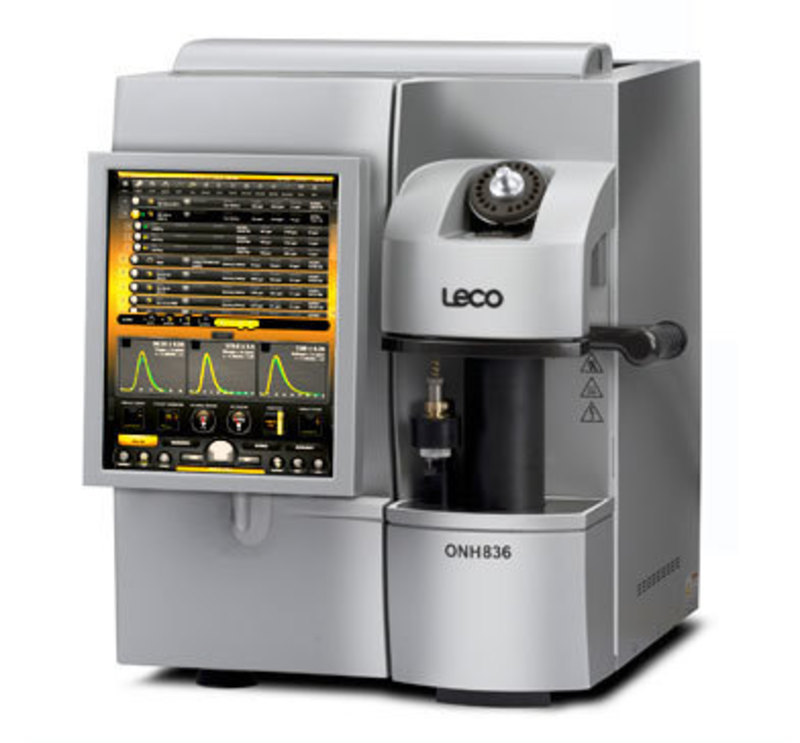
-
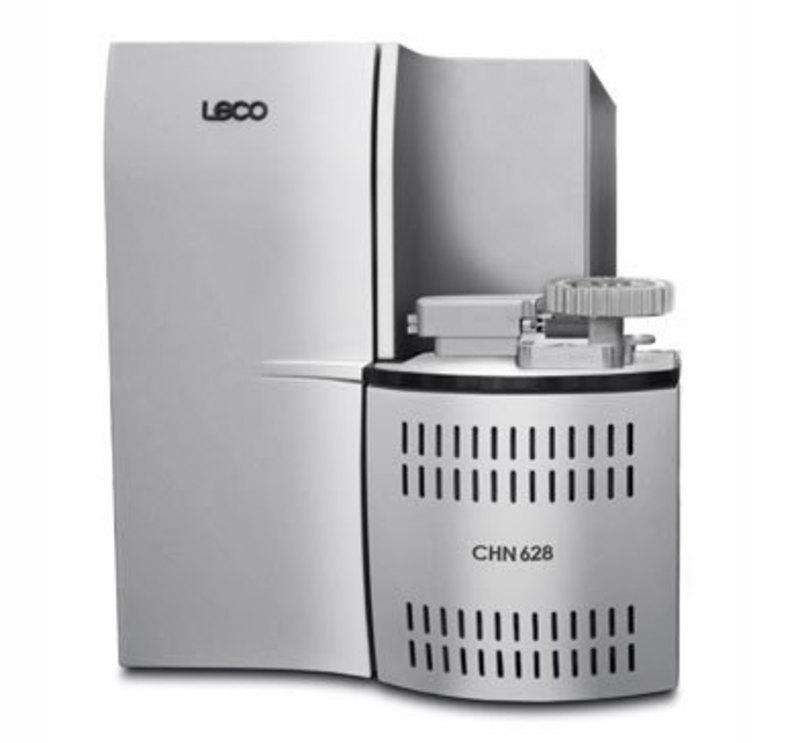
-
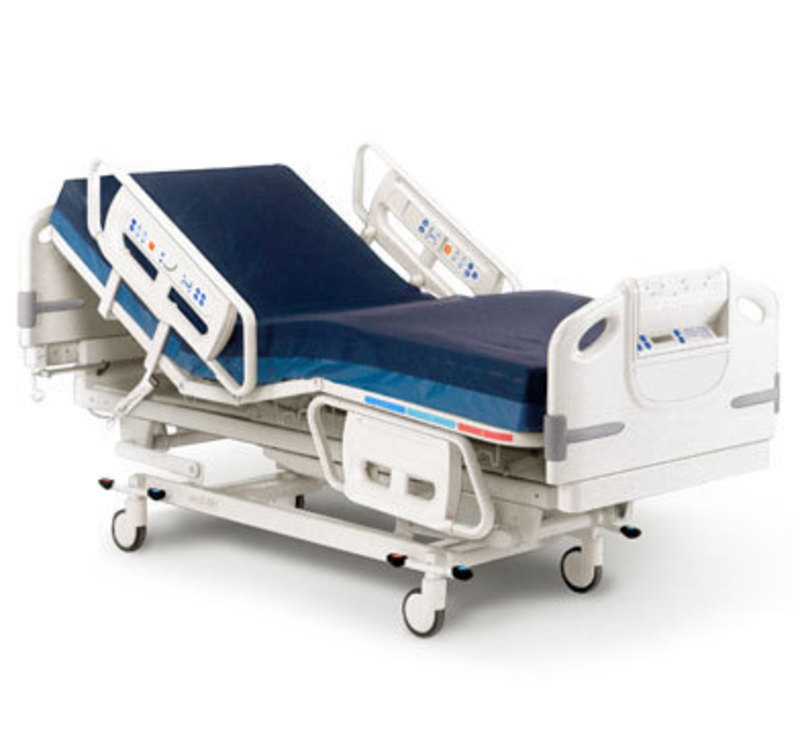
- 2010
-
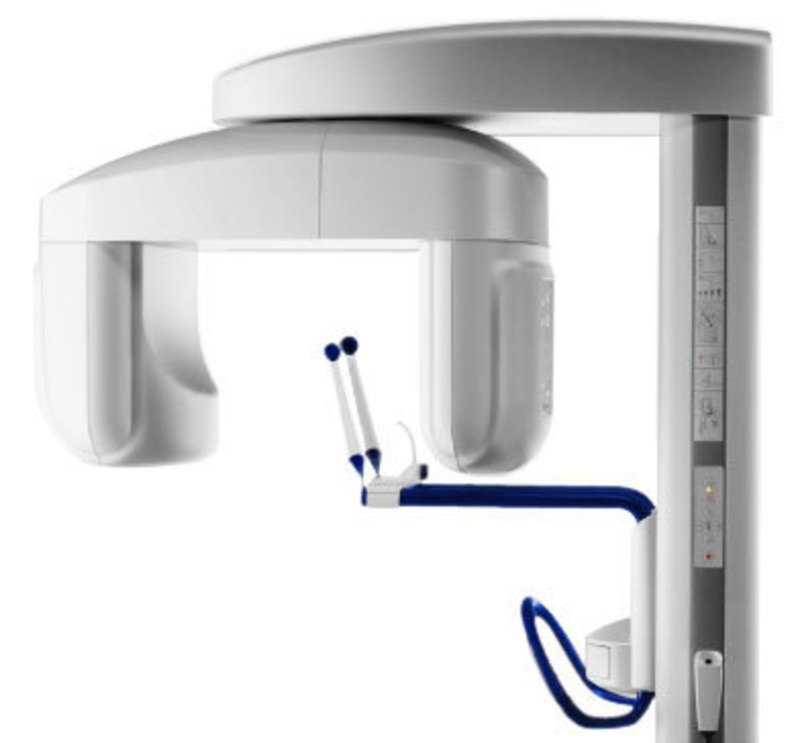
-
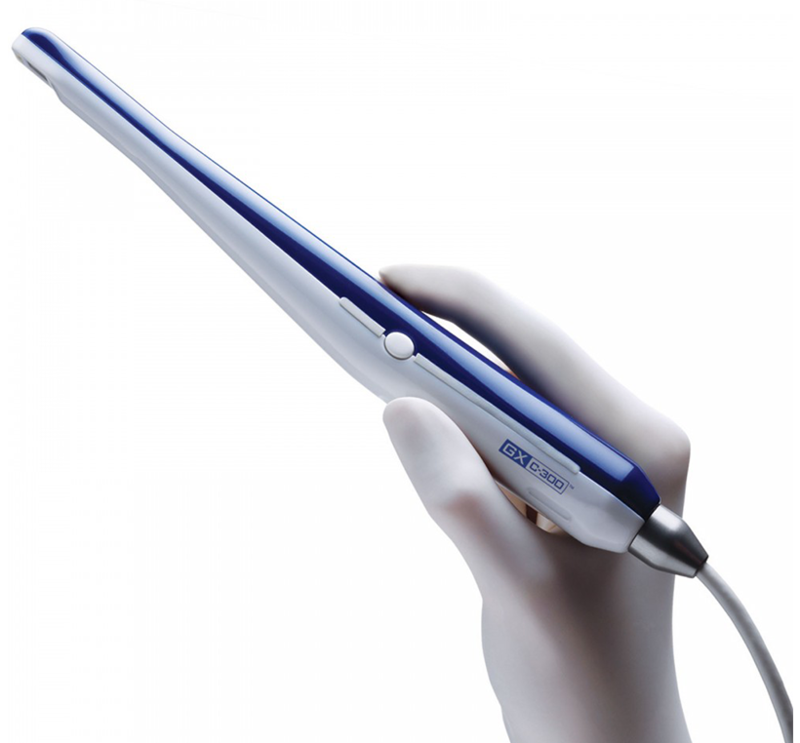
-

-
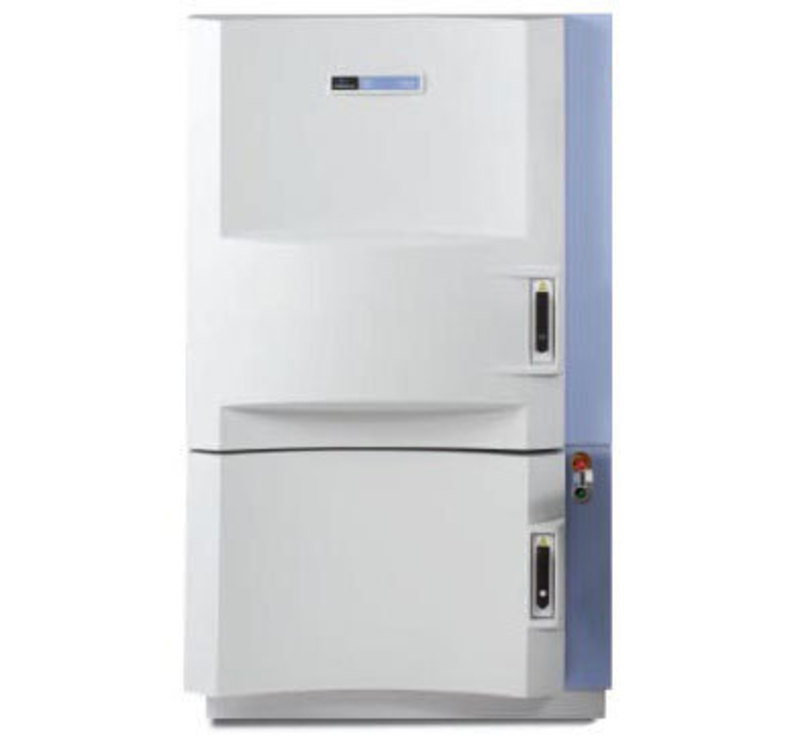
-
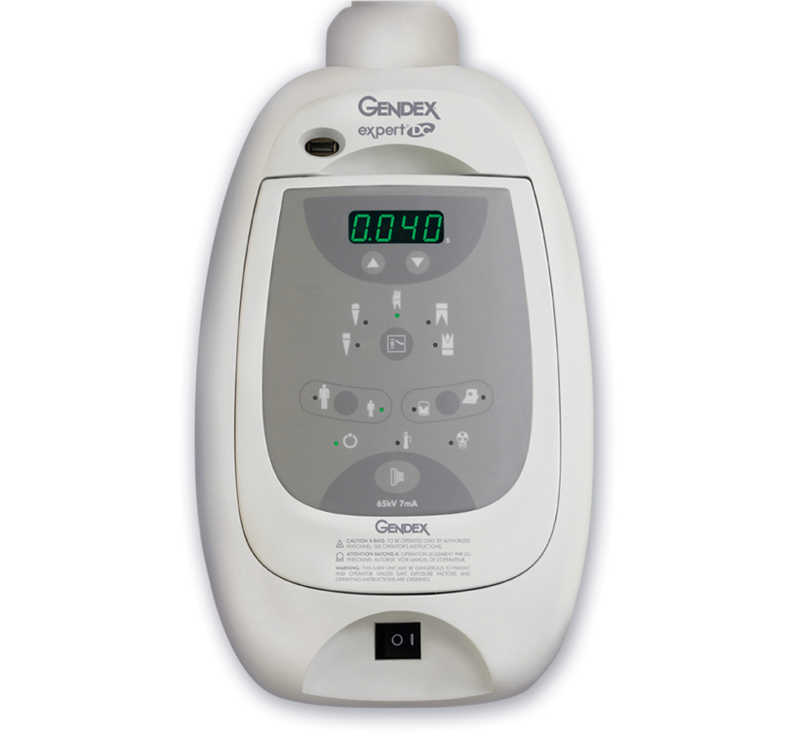
-
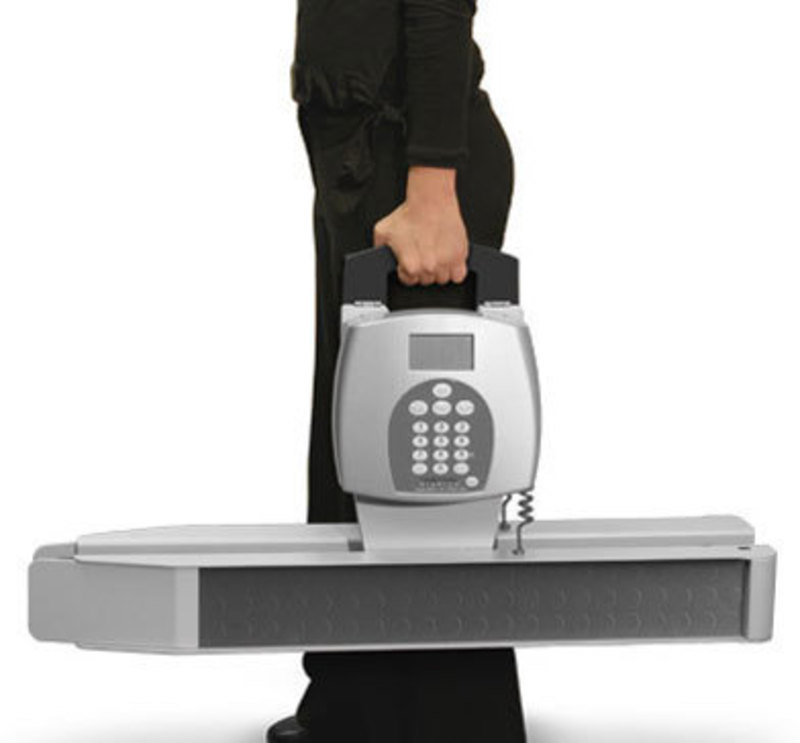
-
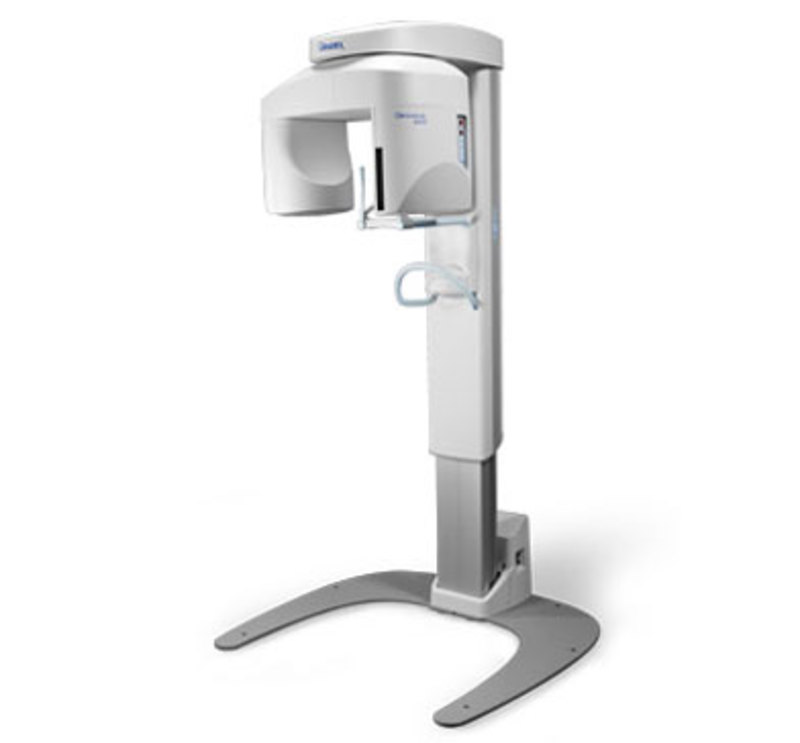
-
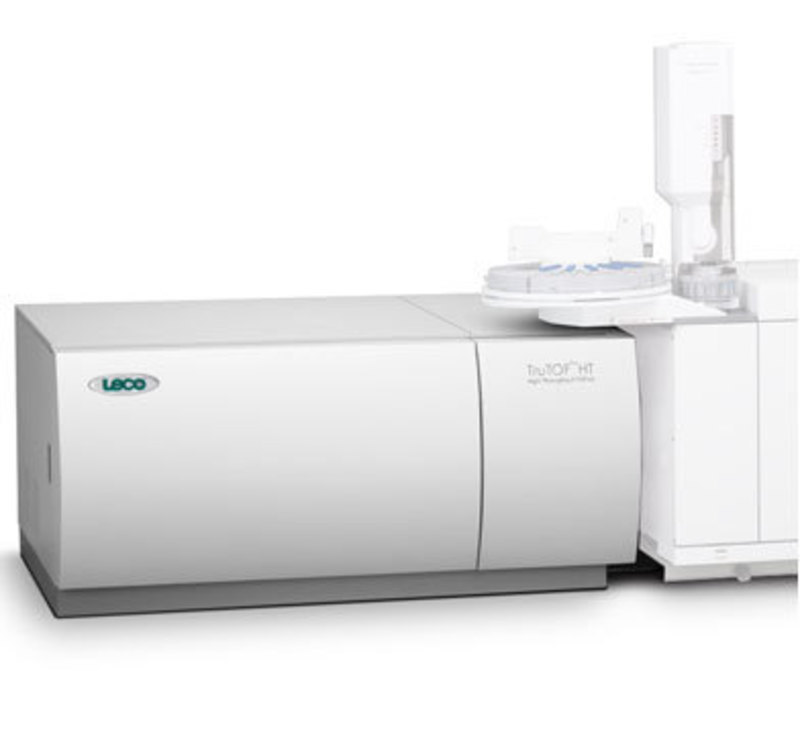
-
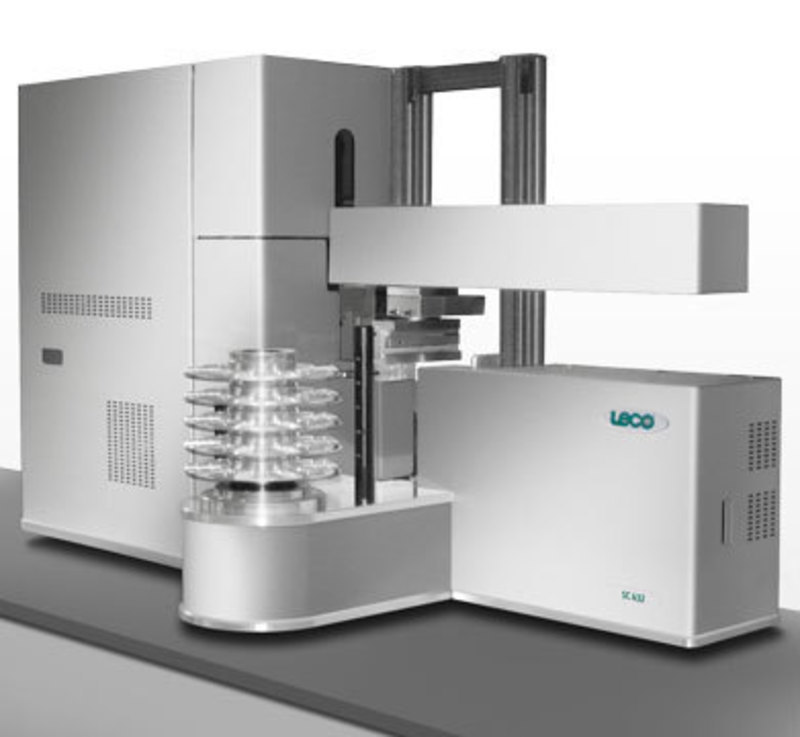
-
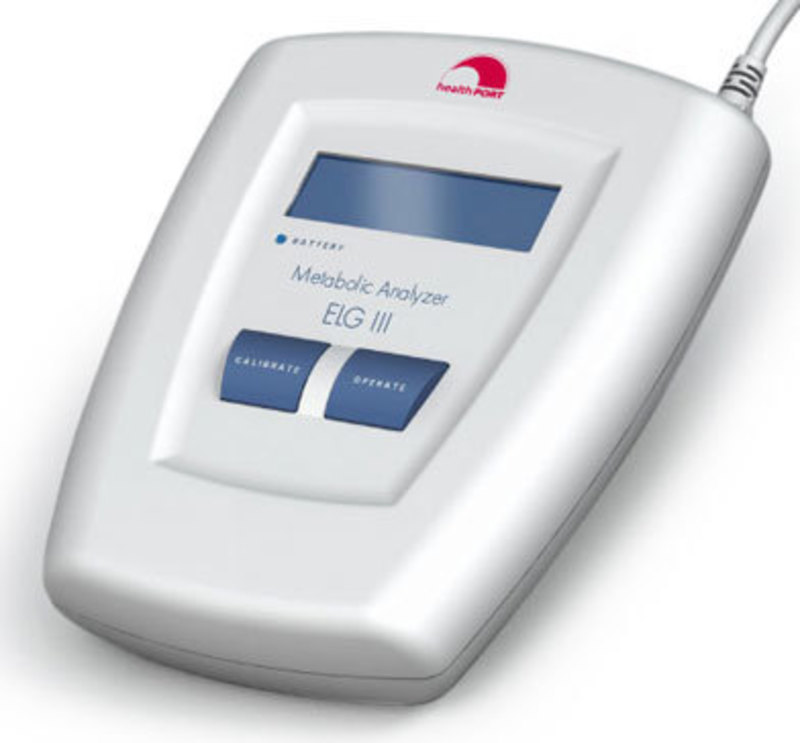
-
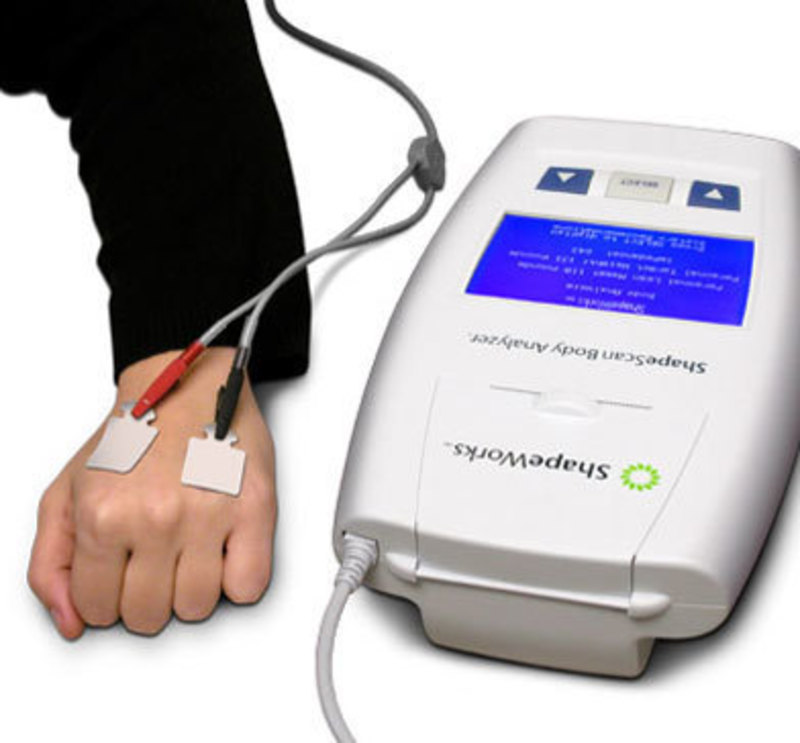
-
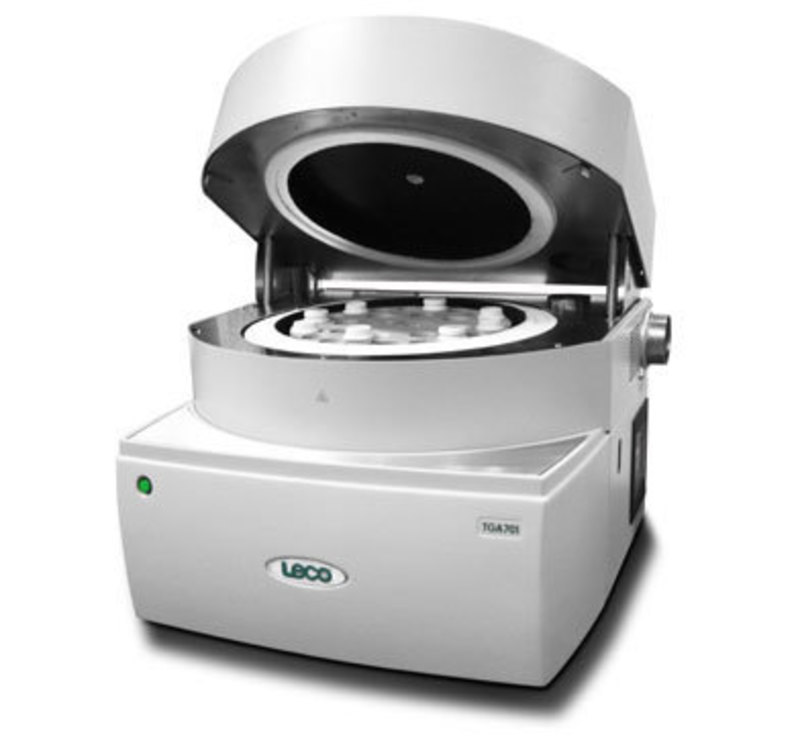
-
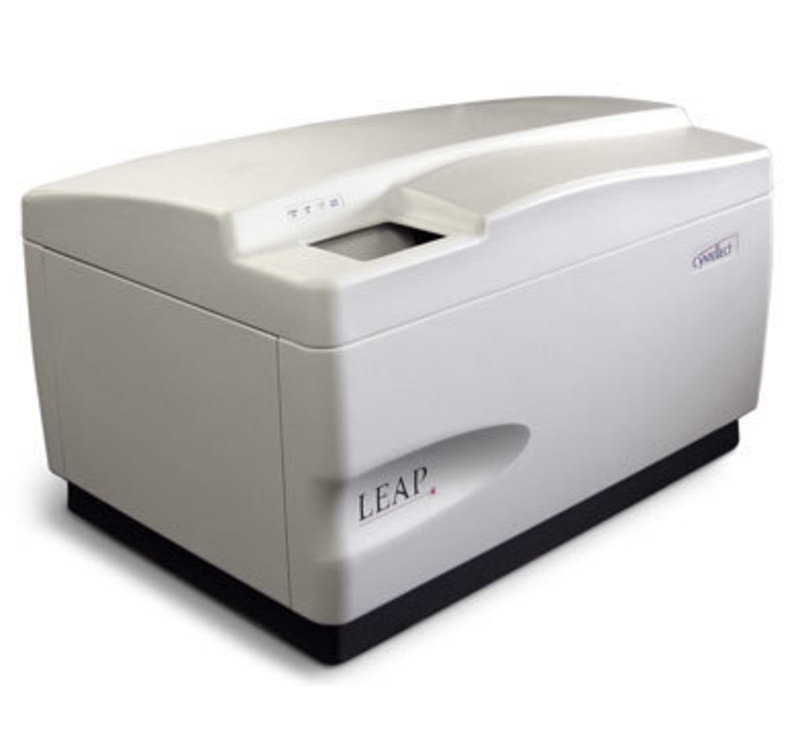
-
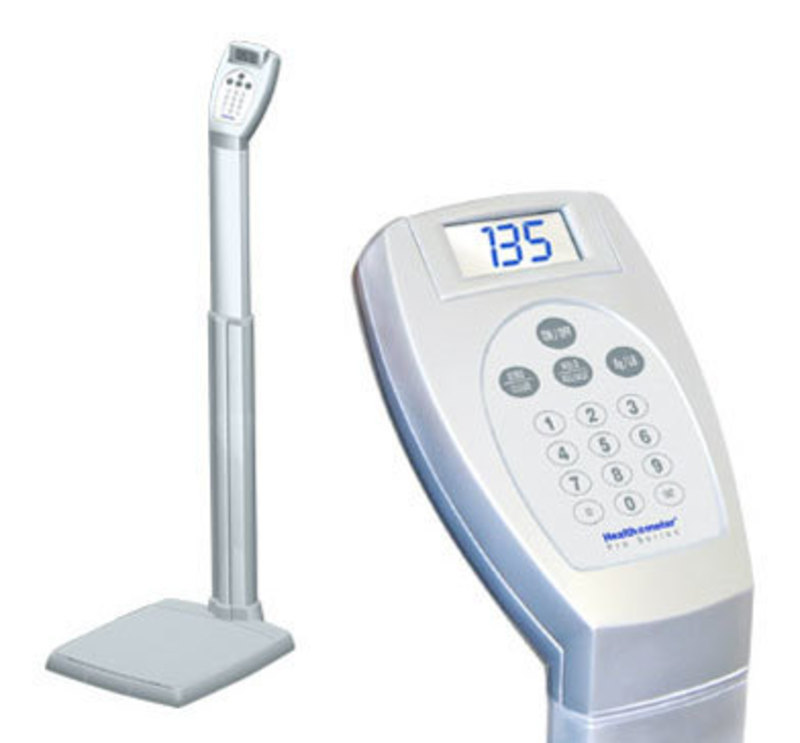
-
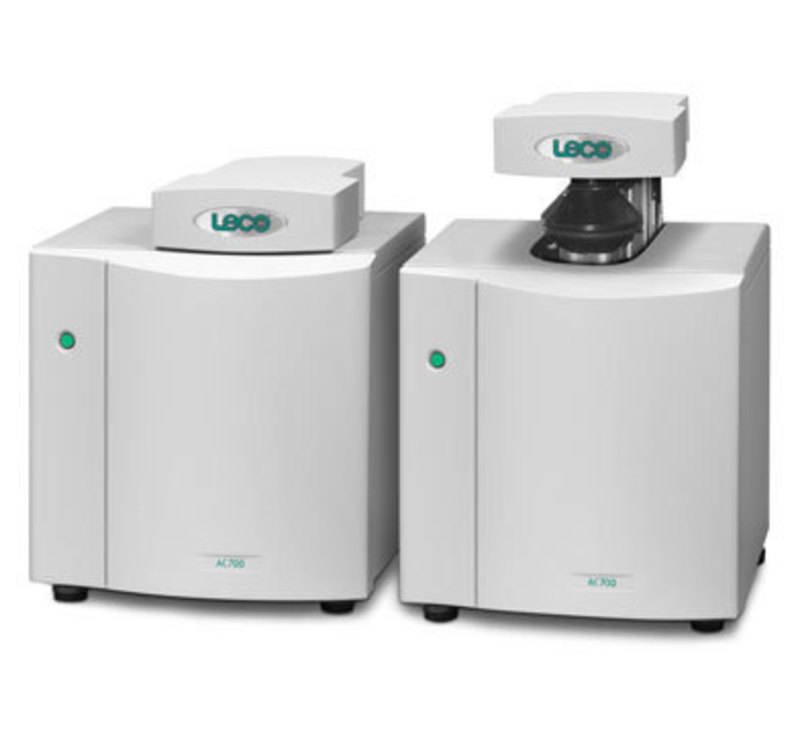
-
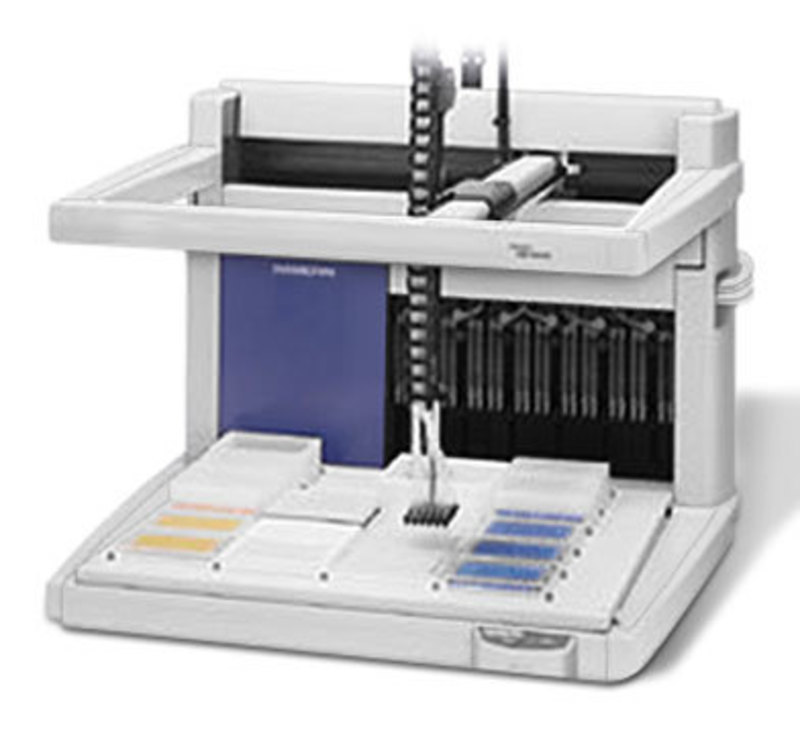
- 2000
-
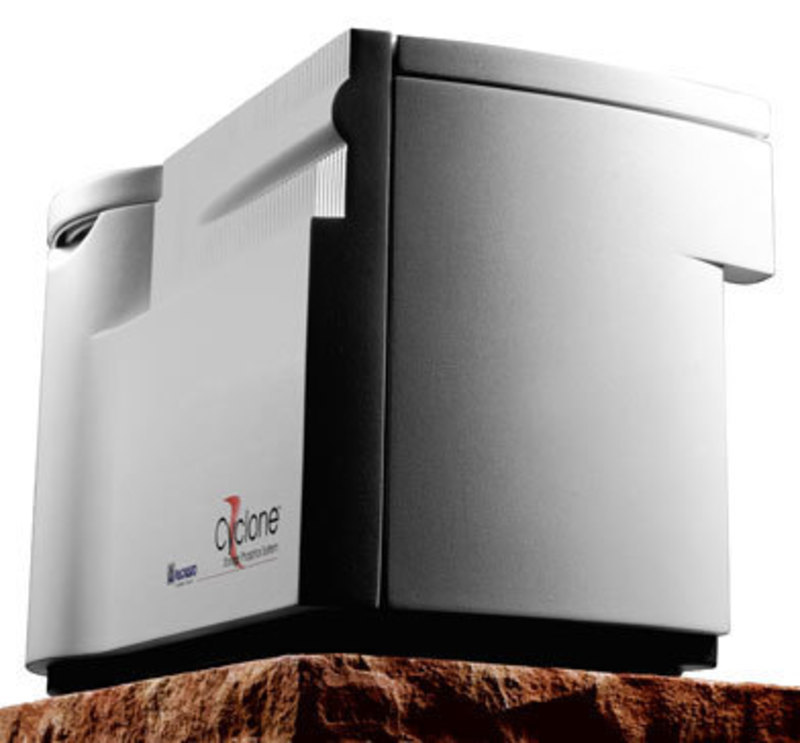
-
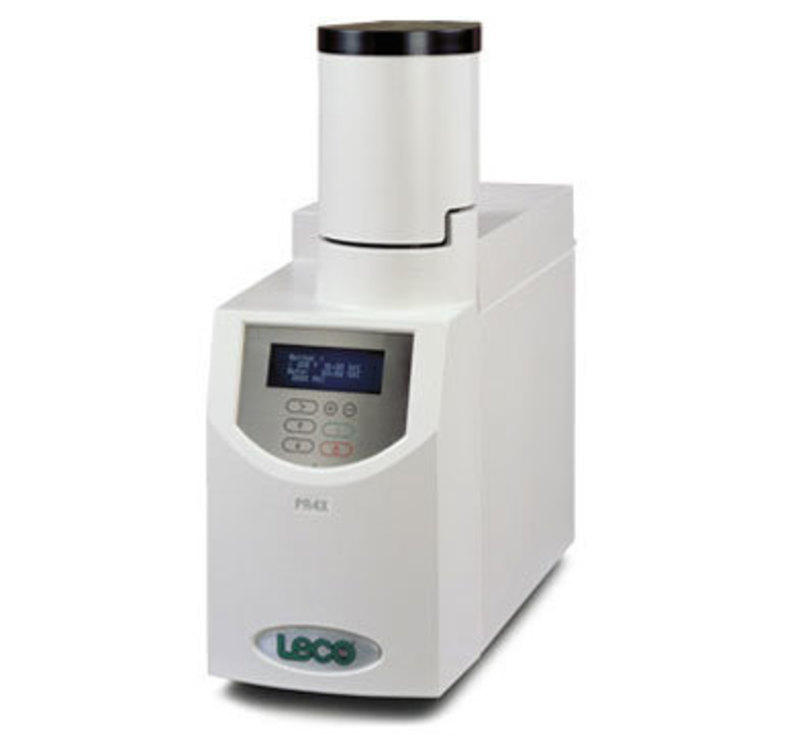
-
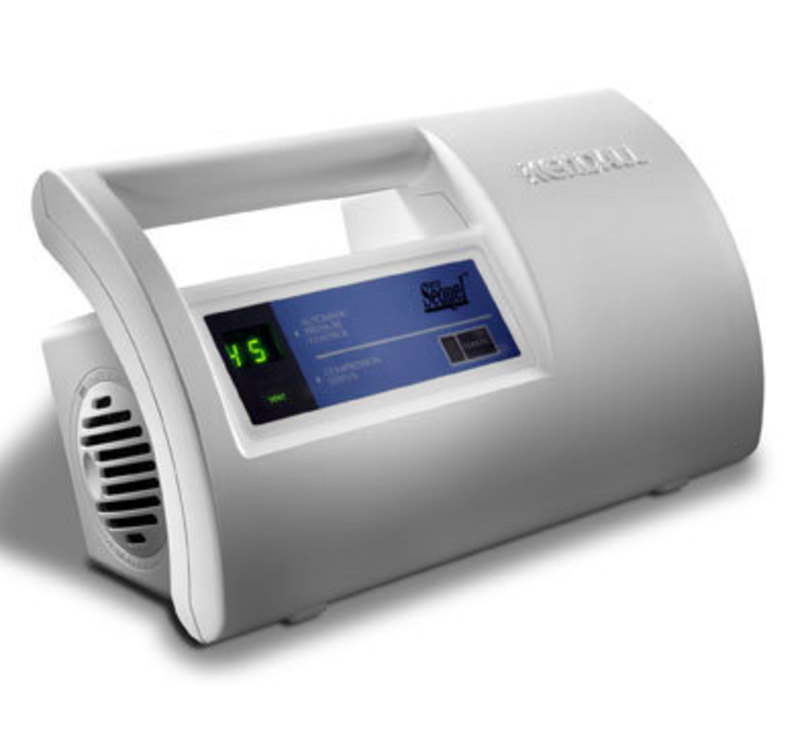
-
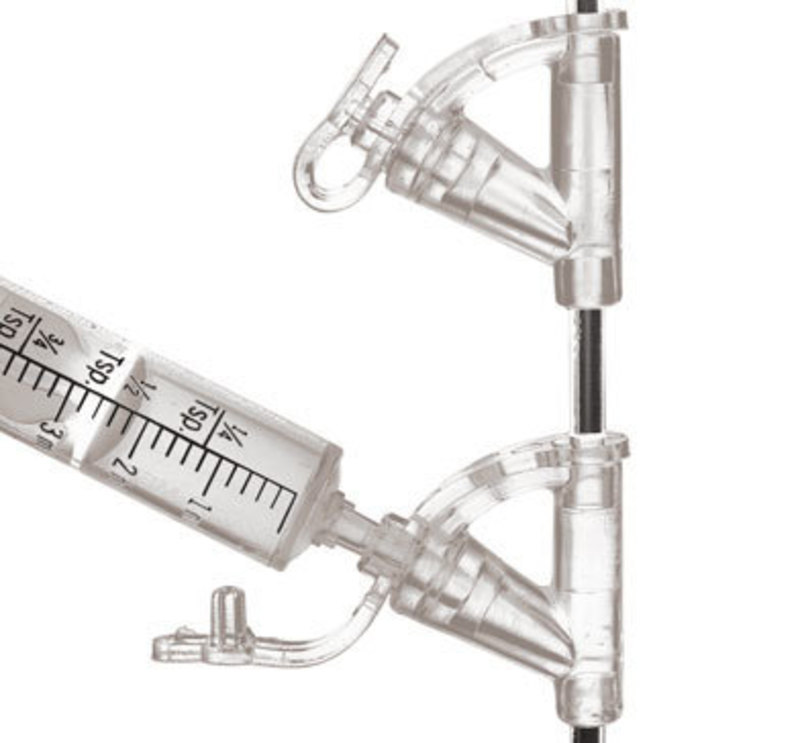
-
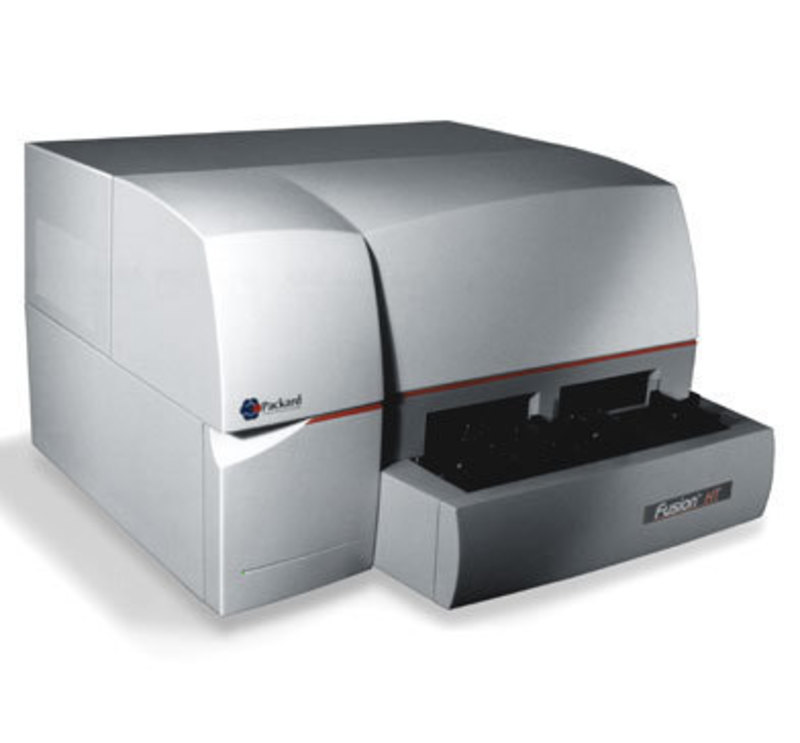
-
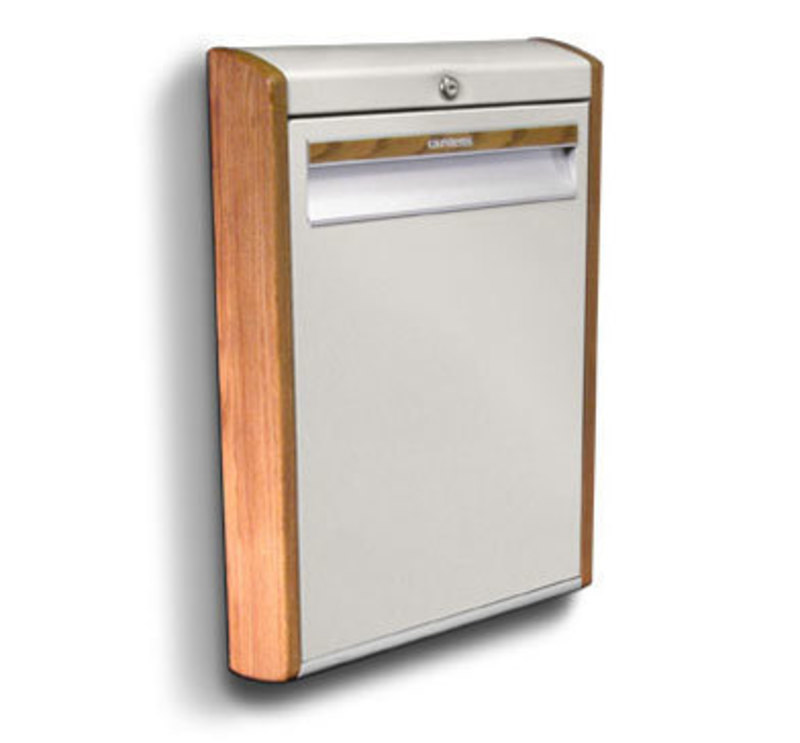
-
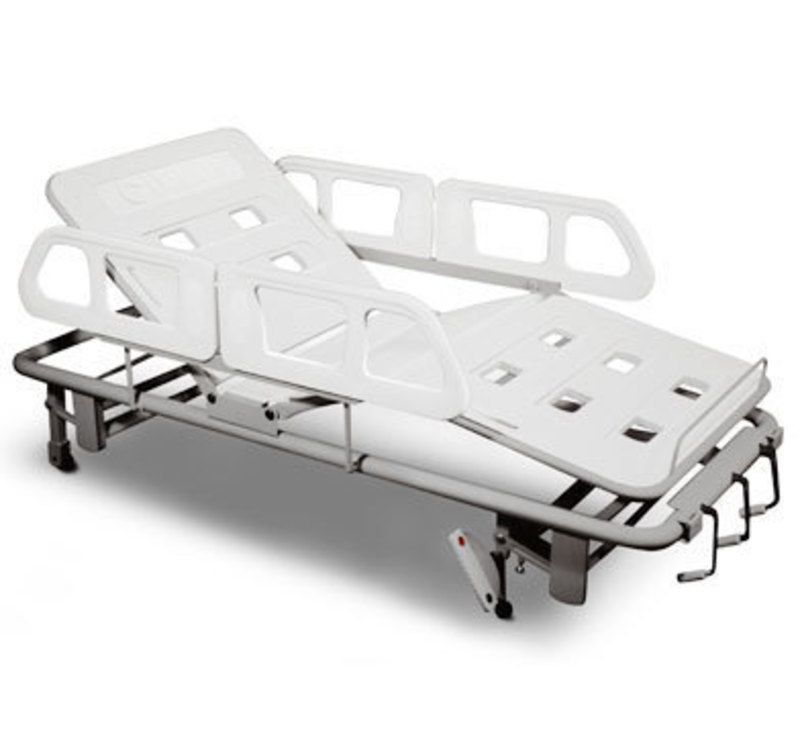
-
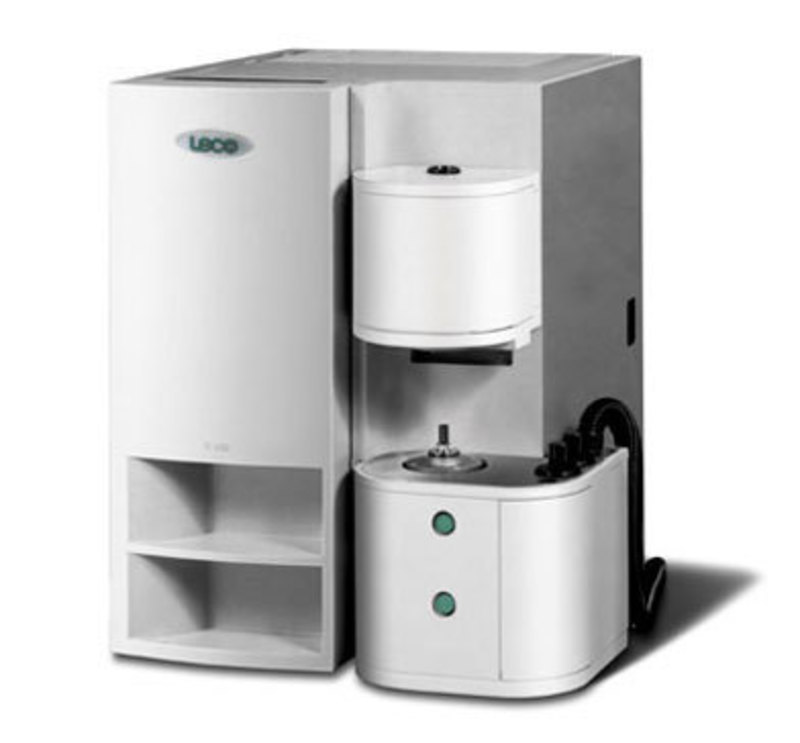
-
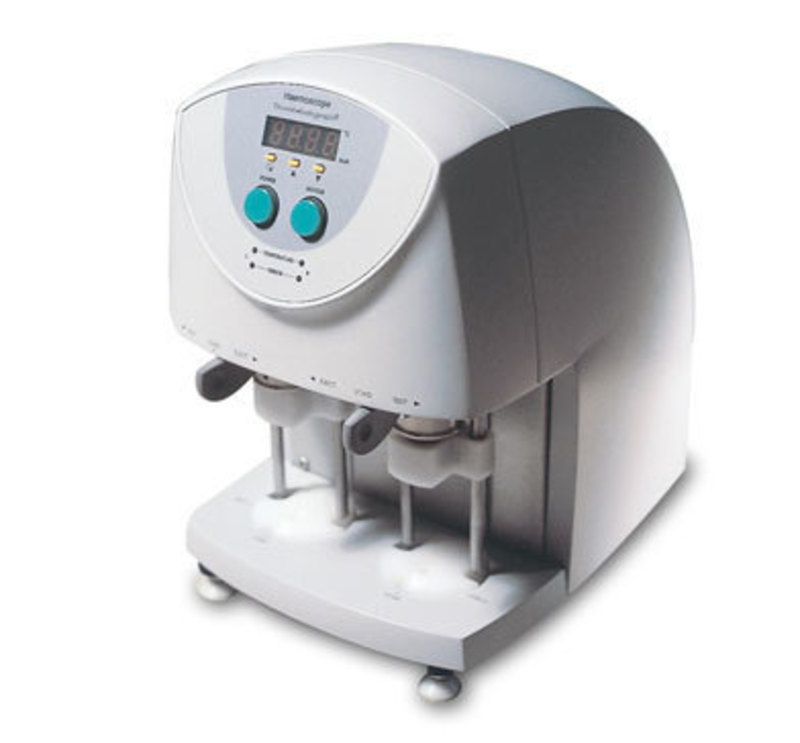
-
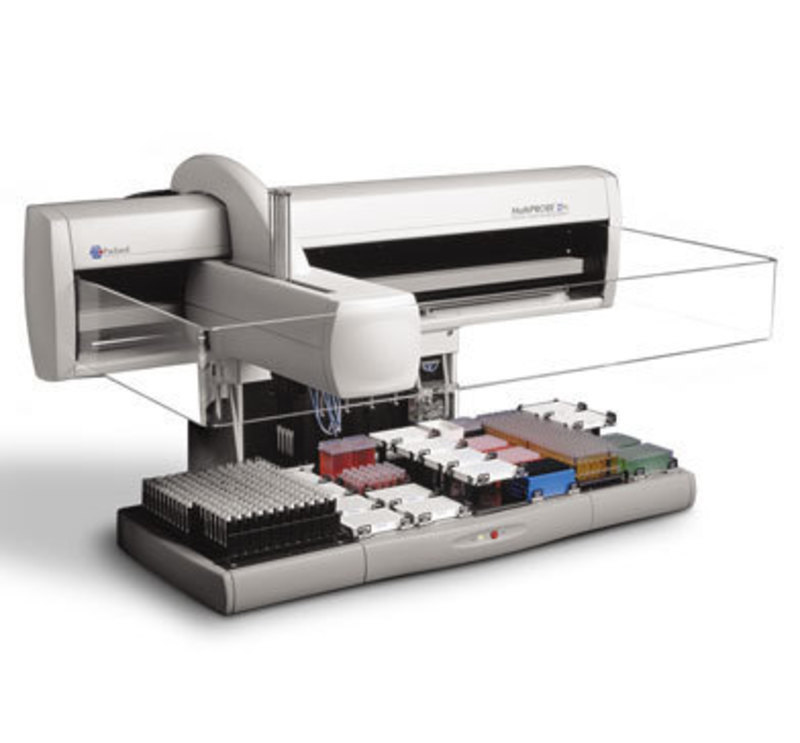
-
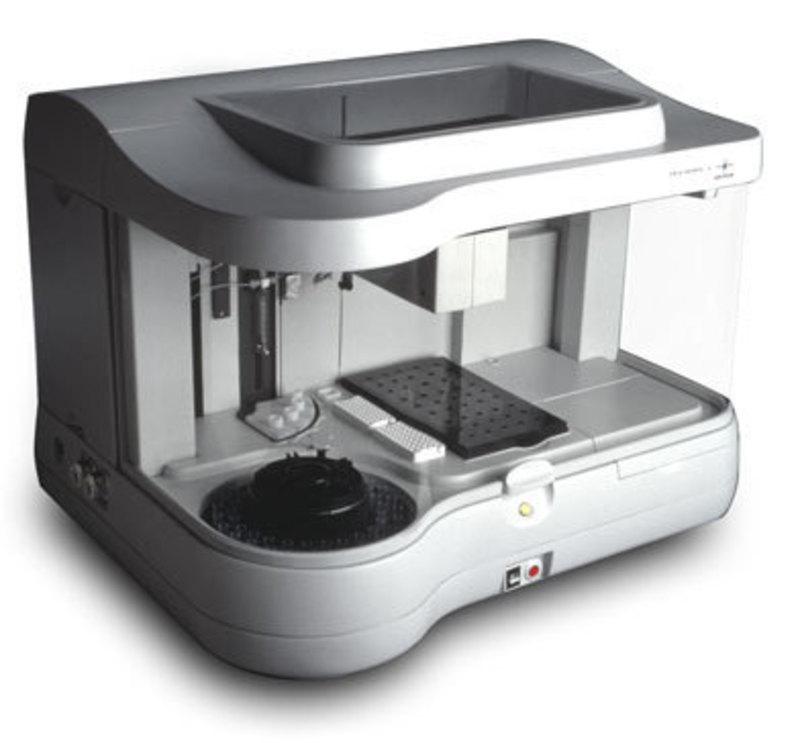
-
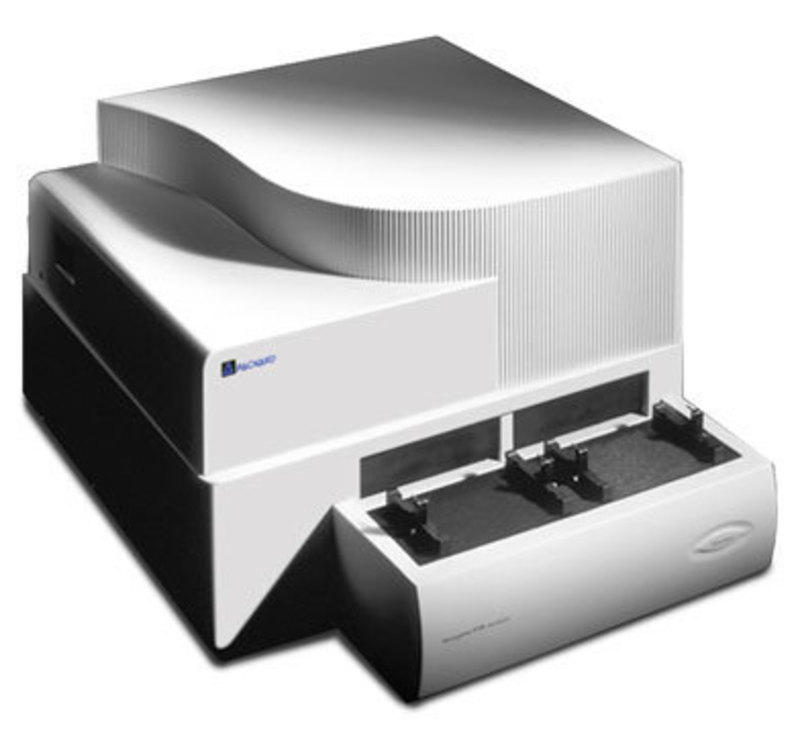
-
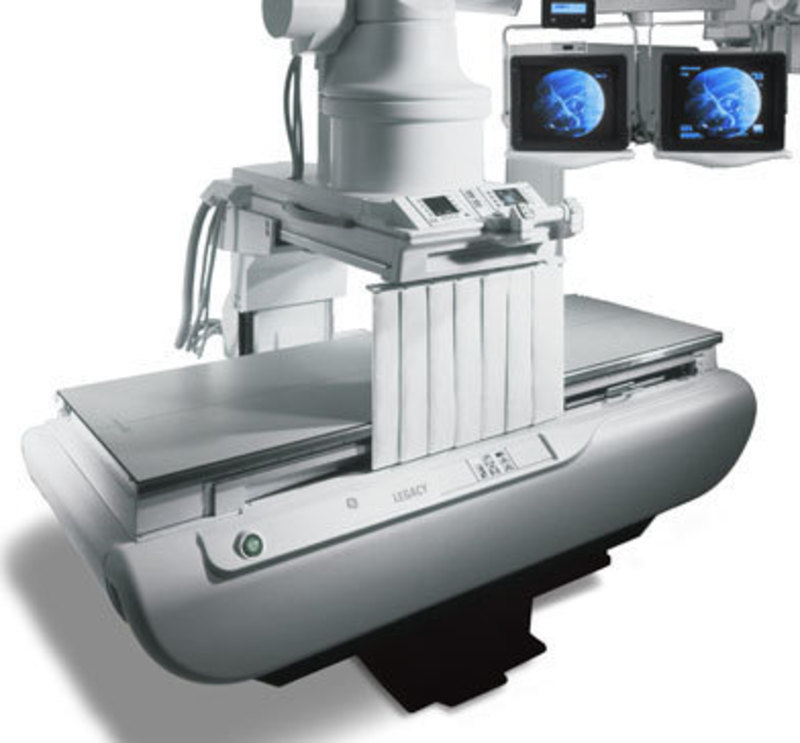
-
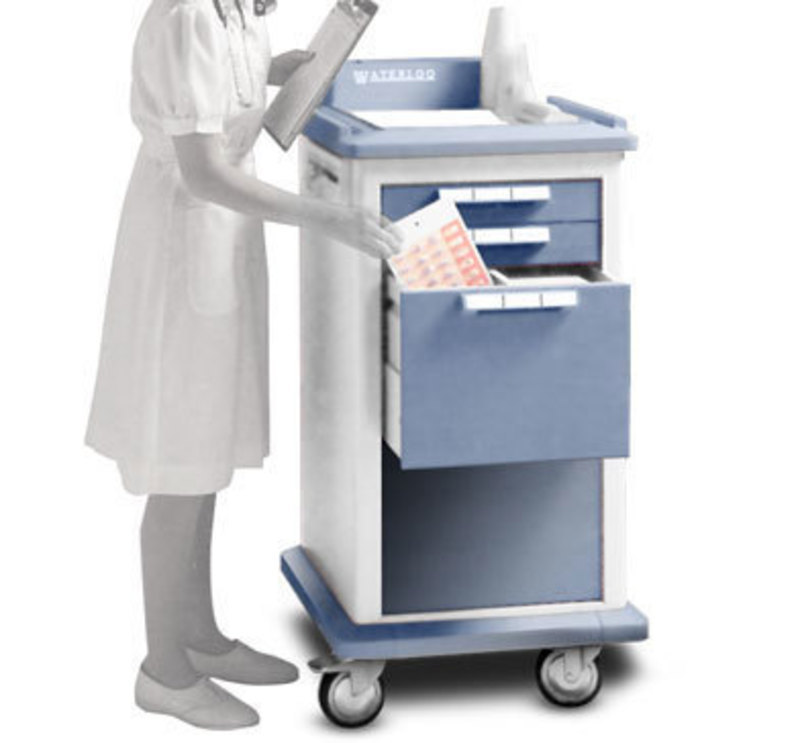
-
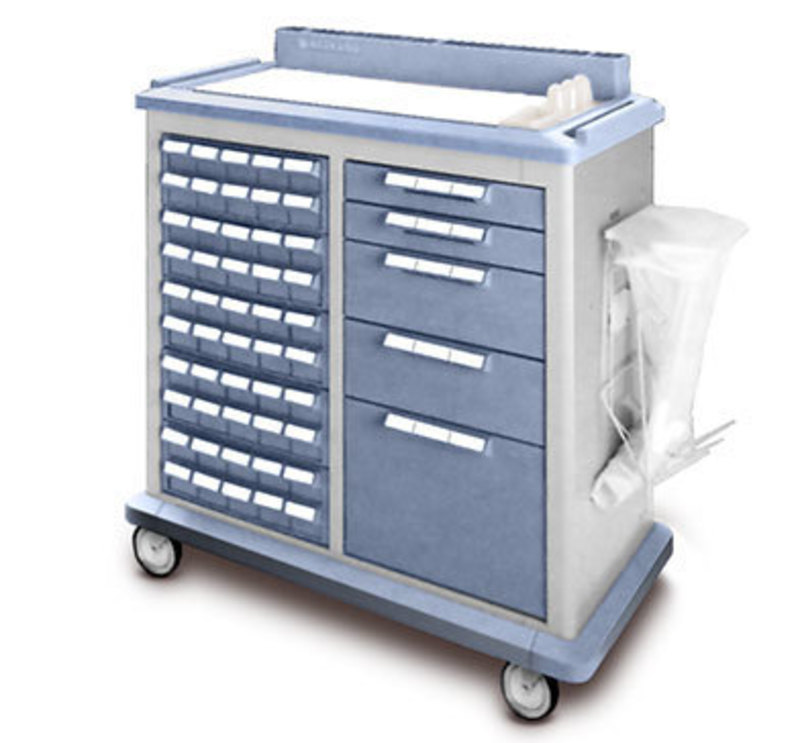
-
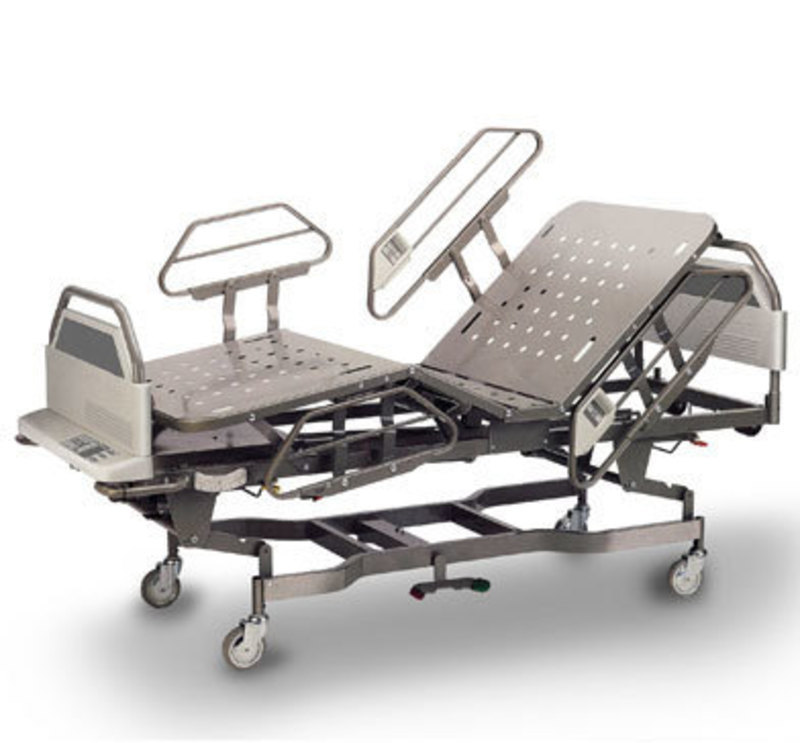
- 1990
-
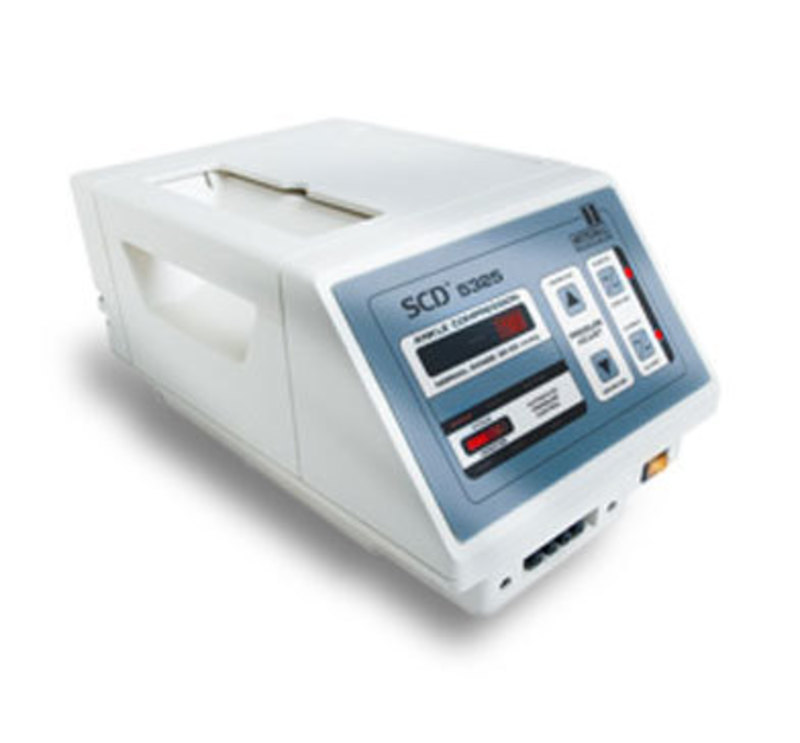
-
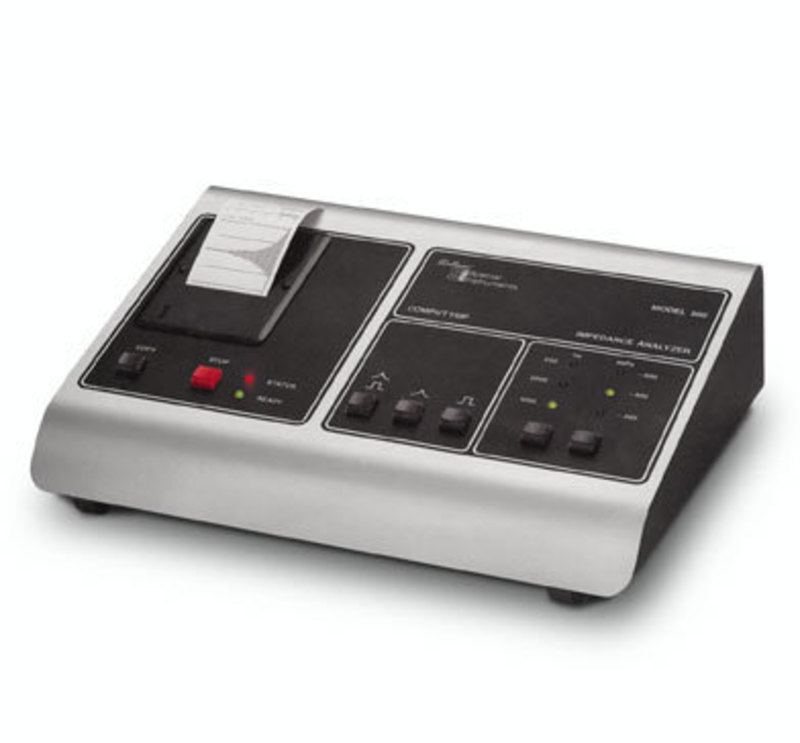
-
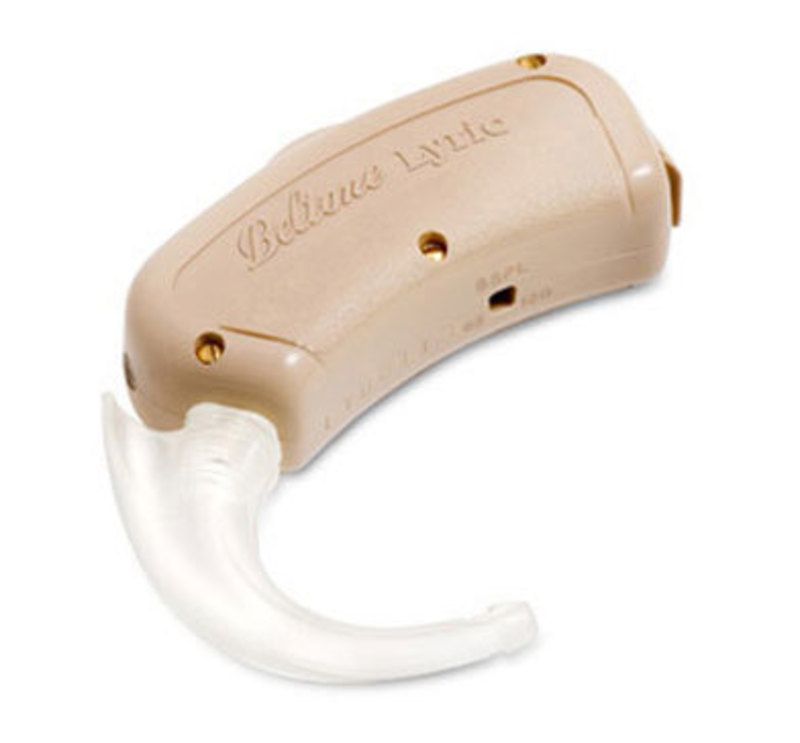
-
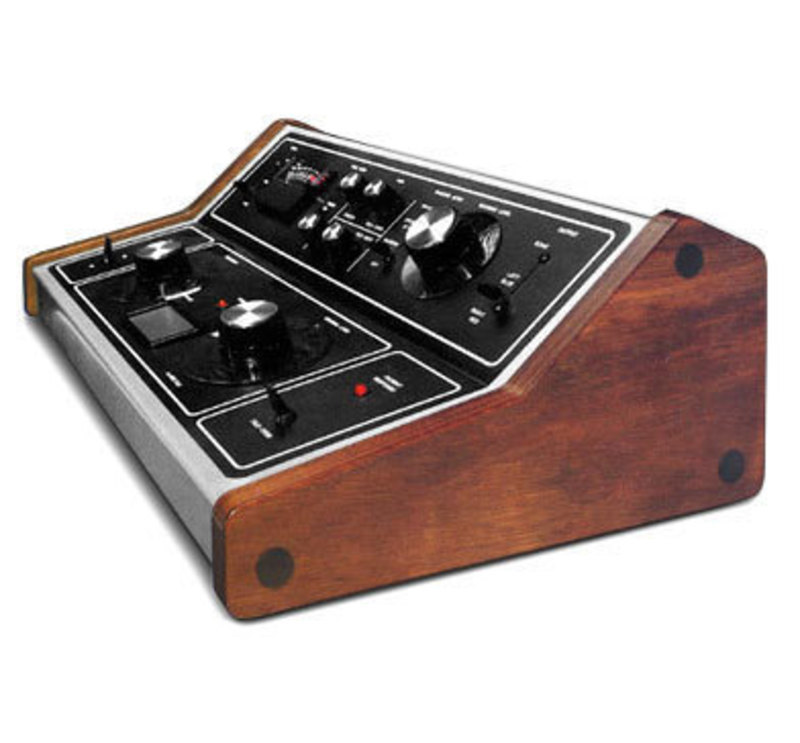
-
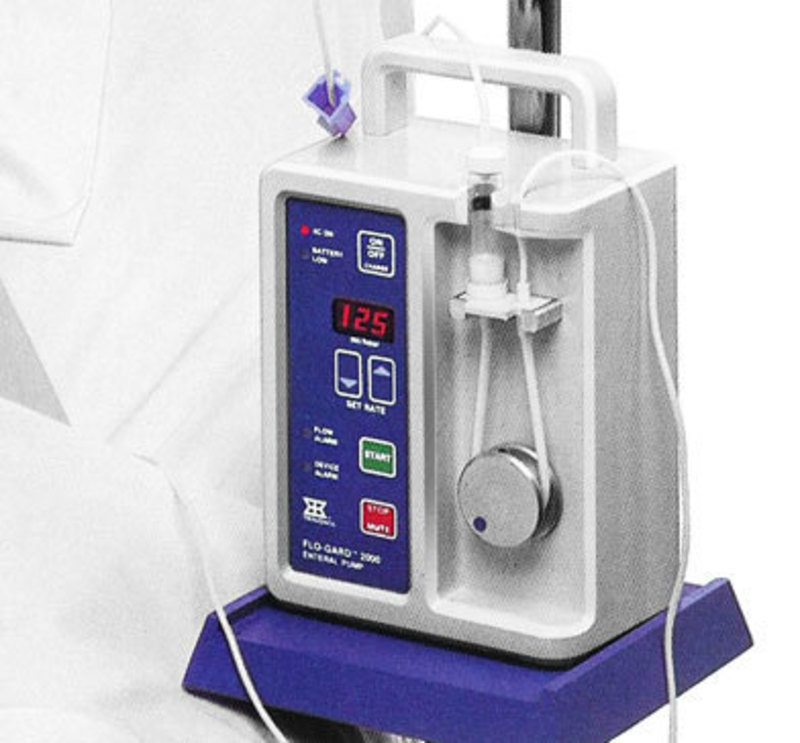
-
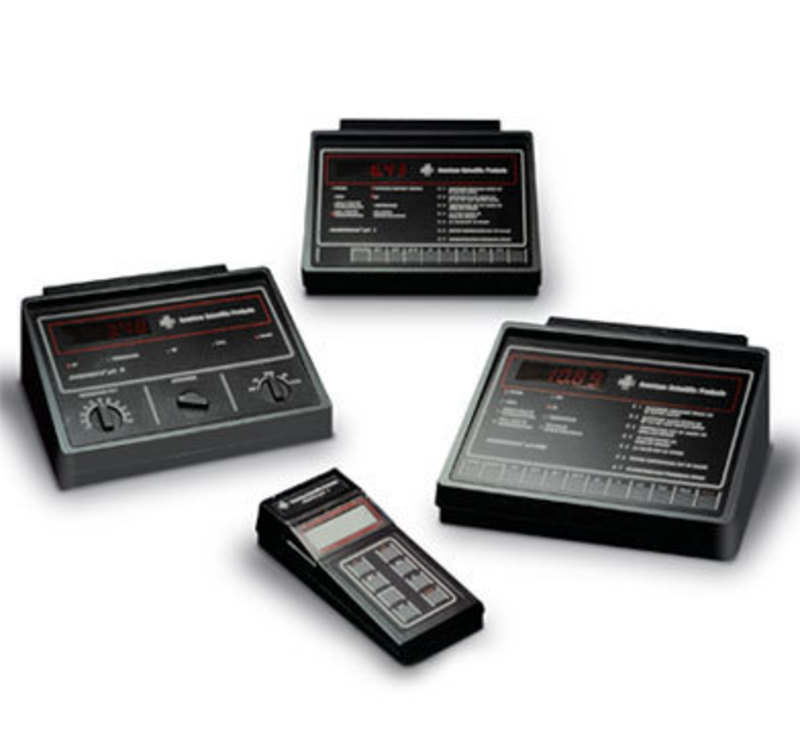
- 1980
Packard (PerkinElmer)
Cyclone™ Storage Phosphor System
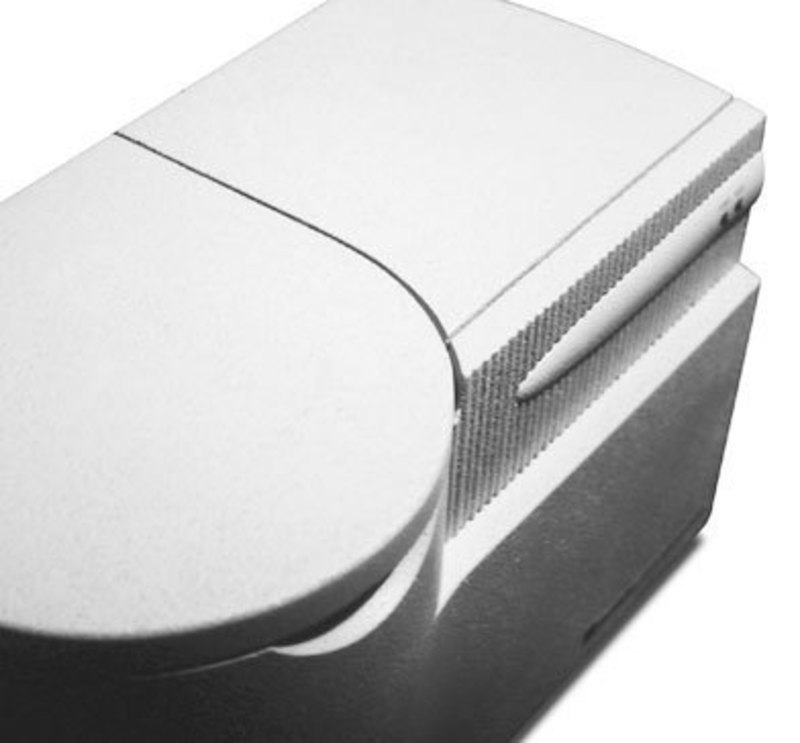
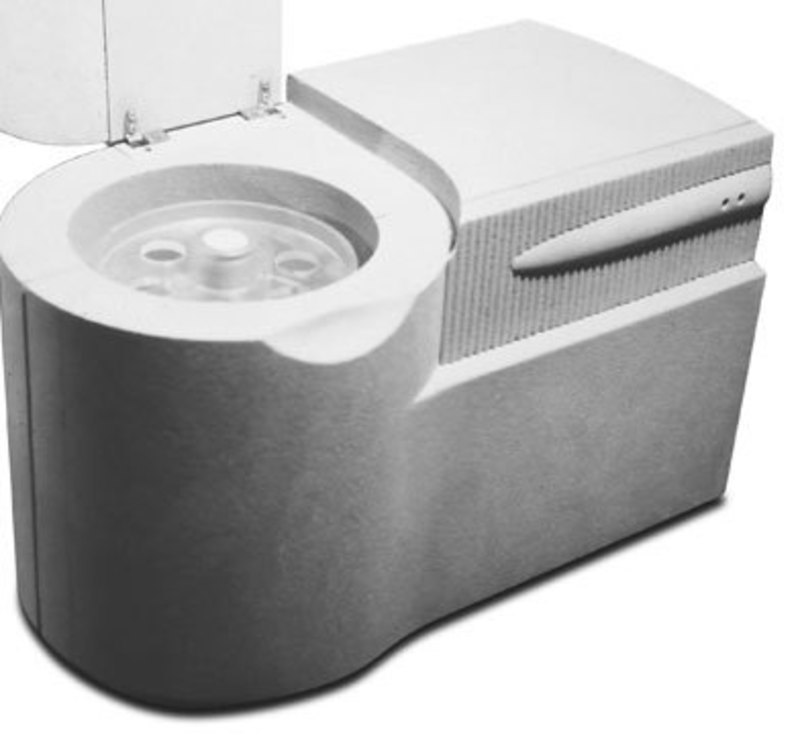
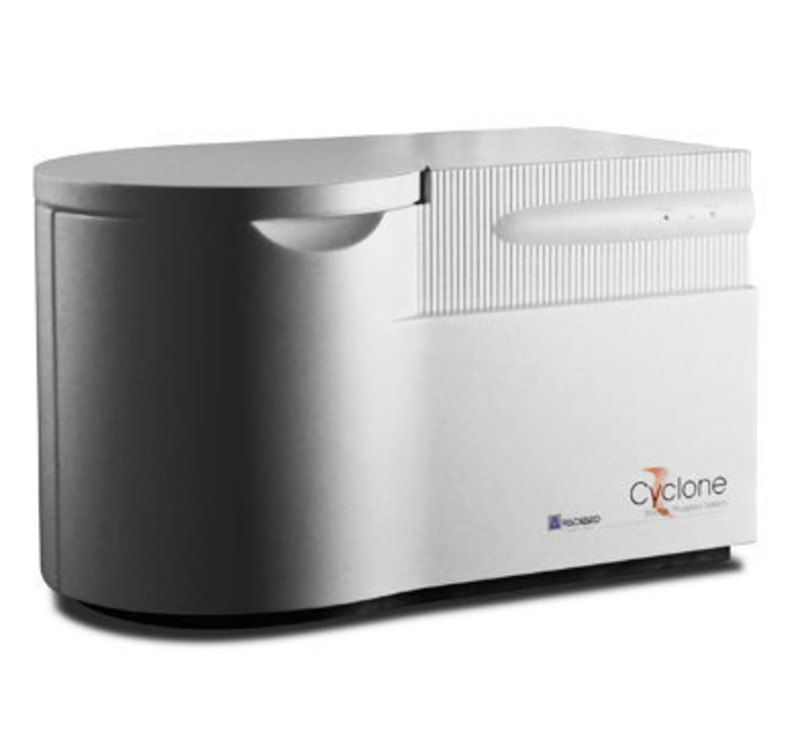
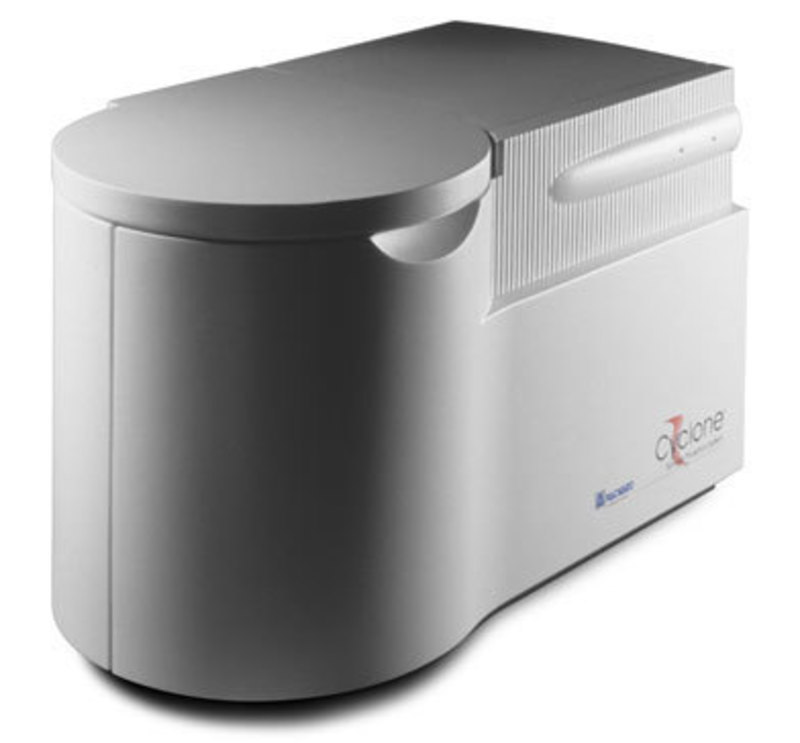
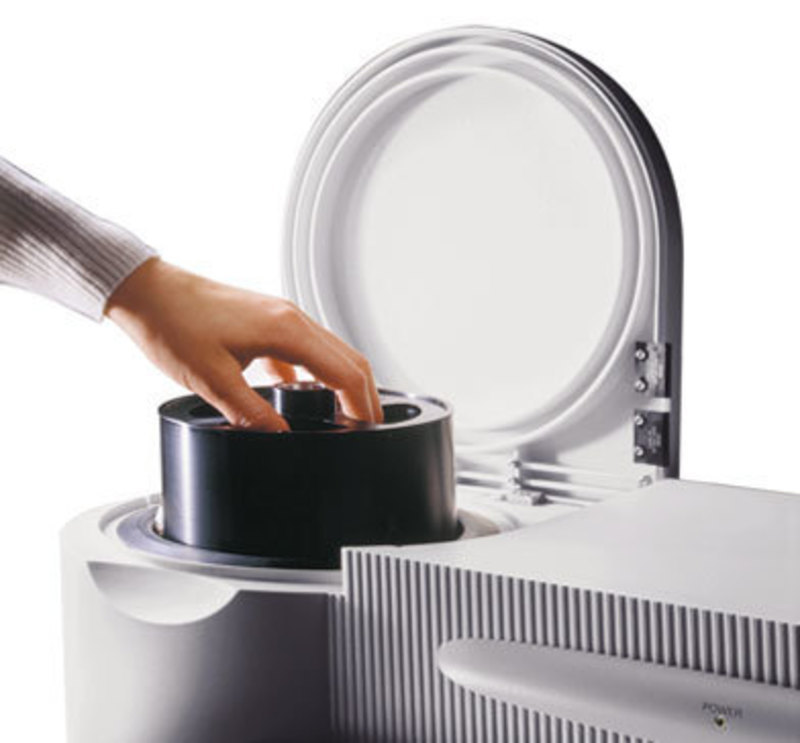

Design Team: Cesaroni Design & Packard
Packard Instruments teamed with Cesaroni Design to introduce this new scientific product into the laboratory instrument market. This scientific device performs filmless autoradiography (X-ray) for molecular biology, pharmacology and neuro-science research applications. The design challenge was to develop the smallest and least expensive instrument.
Product research focused on the understanding of newly developed technology. Cesaroni Design's new product team began to research user experience, in order to take the product to the next level. With a product like this, user experience research methods are critical tools. The user base is a knowledgeable design source.
Our research started with interviews and observations, and ended with users providing feedback from their specific user experience with the existing product. This allowed the design team to feed user experience inputs directly into the new product ideation process.
The new laboratory device has a significantly reduced footprint. Spatial and technological considerations required a top loading process. The grip area for the top cover is easy for the user to grasp. Controlled hinges keep the unit securely open during loading.
We mounted status indicator lights on an elliptical protrusion that serves as a focal point for the display. Our design firm undercut the back of the machine to allow power cords to extend out sideways. This design element facilitates an overall closer fit to the wall.
We aesthetically distinguished the new design from the competition by combining architectural and organic forms. The design is asymmetrical communicating the spinning turret within a sculpted cylinder on one side and the more linear path of the laser on the other. The product designers implemented form factors, colors and textures that share a family look with the client's current product lines for brand recognition.
The project team achieved a solid look and feel by molding the enclosure with cast polyurethane. By casting the parts, our design firm incorporated aesthetic details, minimized parts and fasteners, and secured tension points.
This translates to substantial savings for our client. Packard was able to sell the new product at half the cost of the competition through new technology and efficient industrial design.
This laboratory instrument design is a Medical Design Excellence Award Finalist.
Design Team: Cesaroni Design & Packard
Packard Instruments teamed with Cesaroni Design to introduce this new scientific product into the laboratory instrument market. This scientific device performs filmless autoradiography (X-ray) for molecular biology, pharmacology and neuro-science research applications. The design challenge was to develop the smallest and least expensive instrument.
Product research focused on the understanding of newly developed technology. Cesaroni Design's new product team began to research user experience, in order to take the product to the next level. With a product like this, user experience research methods are critical tools. The user base is a knowledgeable design source.
Our research started with interviews and observations, and ended with users providing feedback from their specific user experience with the existing product. This allowed the design team to feed user experience inputs directly into the new product ideation process.
The new laboratory device has a significantly reduced footprint. Spatial and technological considerations required a top loading process. The grip area for the top cover is easy for the user to grasp. Controlled hinges keep the unit securely open during loading.
We mounted status indicator lights on an elliptical protrusion that serves as a focal point for the display. Our design firm undercut the back of the machine to allow power cords to extend out sideways. This design element facilitates an overall closer fit to the wall.
We aesthetically distinguished the new design from the competition by combining architectural and organic forms. The design is asymmetrical communicating the spinning turret within a sculpted cylinder on one side and the more linear path of the laser on the other. The product designers implemented form factors, colors and textures that share a family look with the client's current product lines for brand recognition.
The project team achieved a solid look and feel by molding the enclosure with cast polyurethane. By casting the parts, our design firm incorporated aesthetic details, minimized parts and fasteners, and secured tension points.
This translates to substantial savings for our client. Packard was able to sell the new product at half the cost of the competition through new technology and efficient industrial design.
This laboratory instrument design is a Medical Design Excellence Award Finalist.


